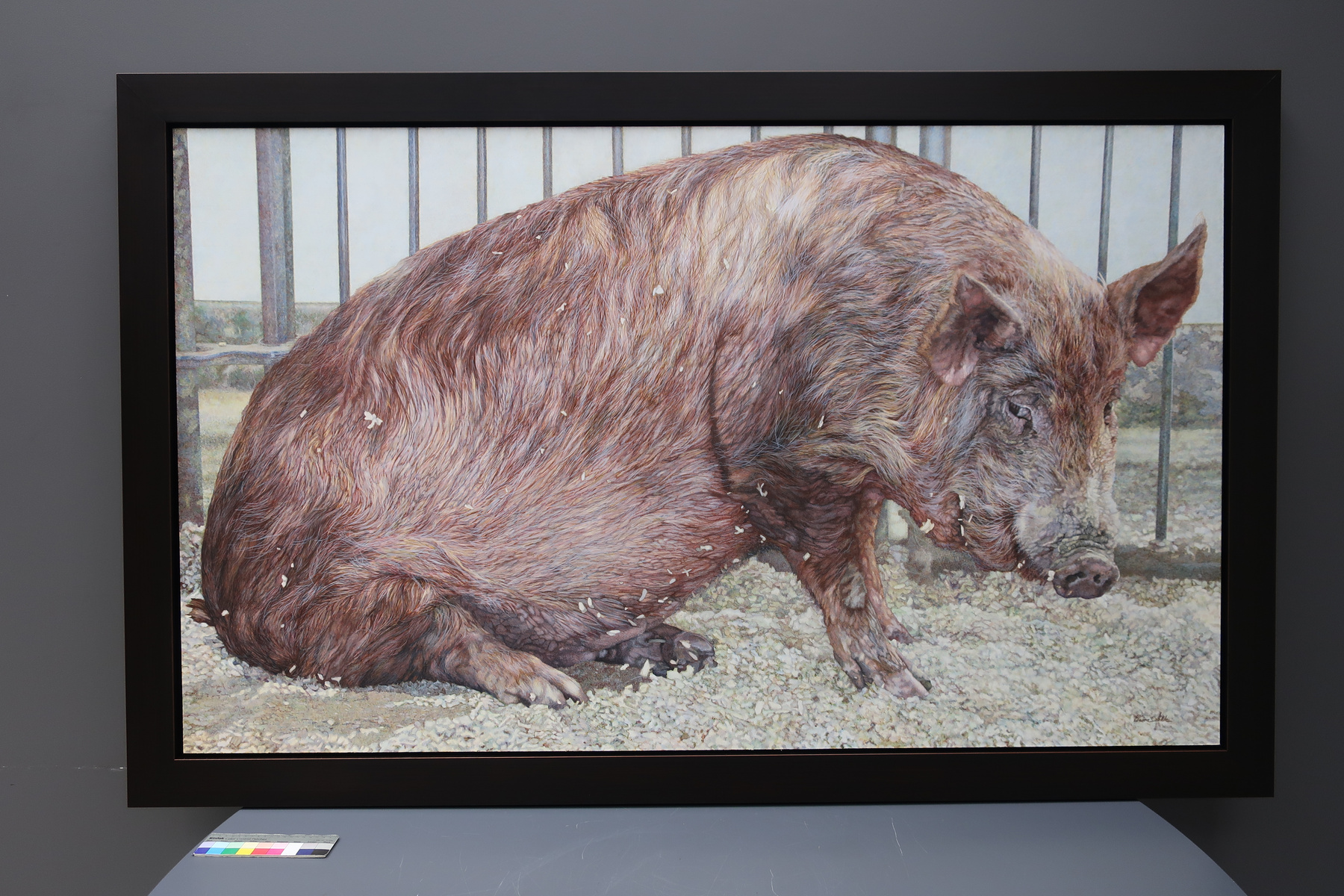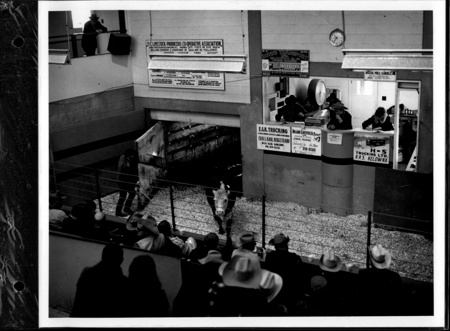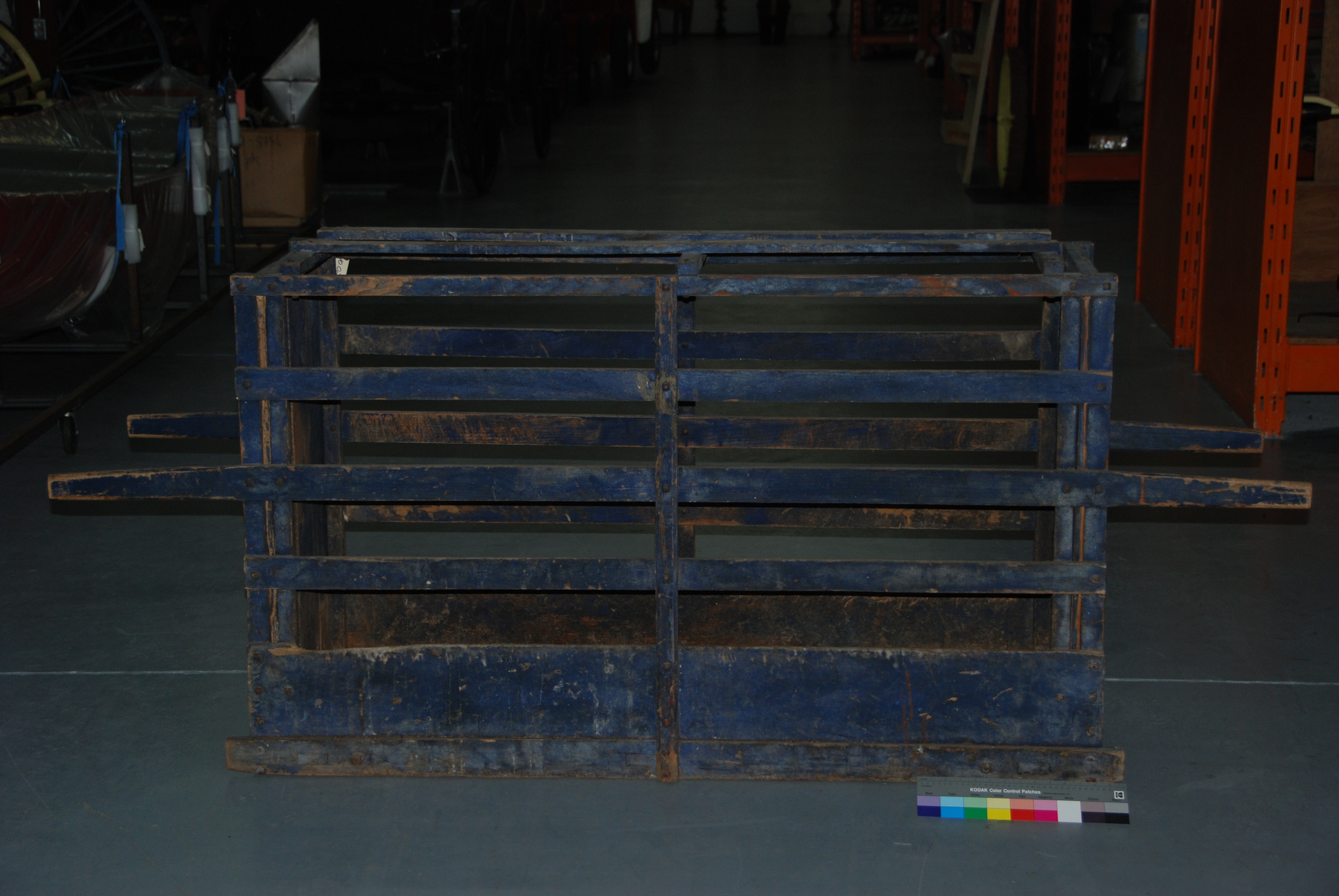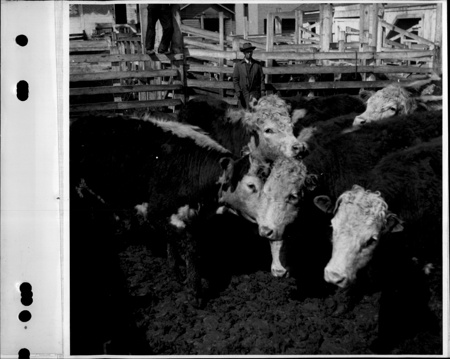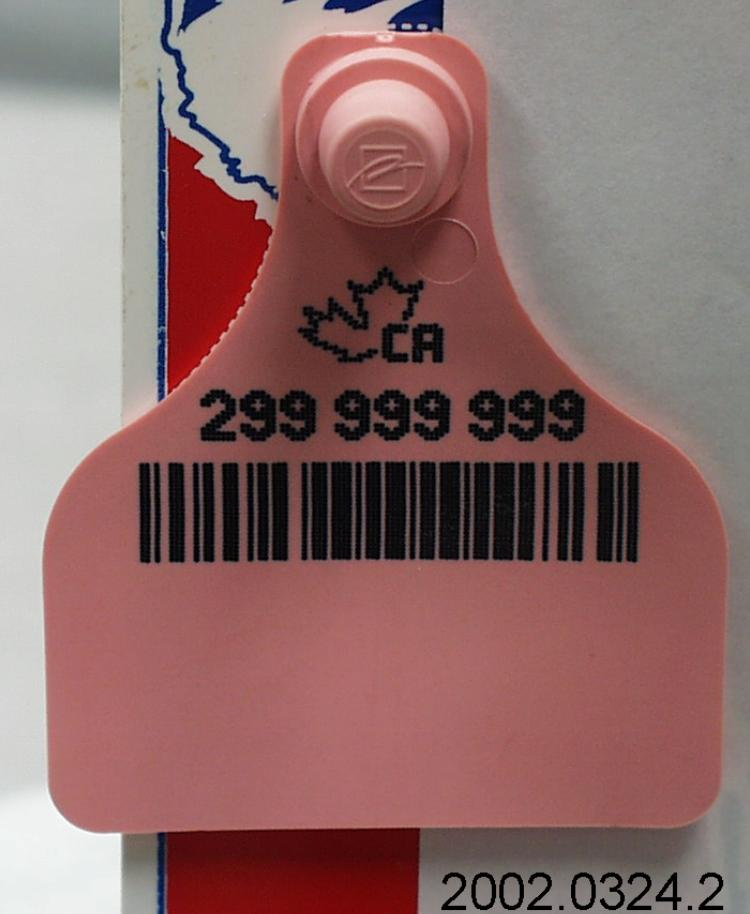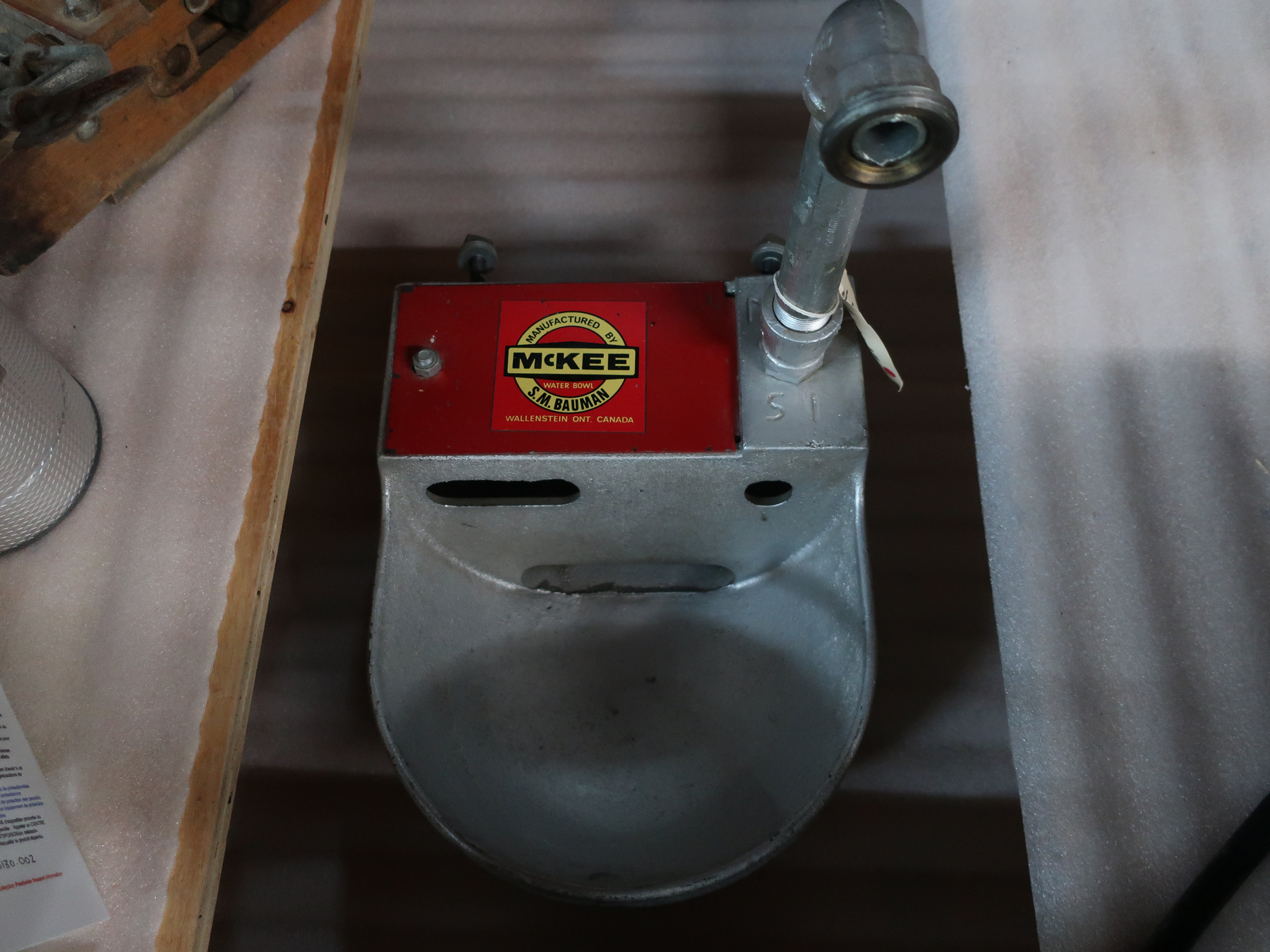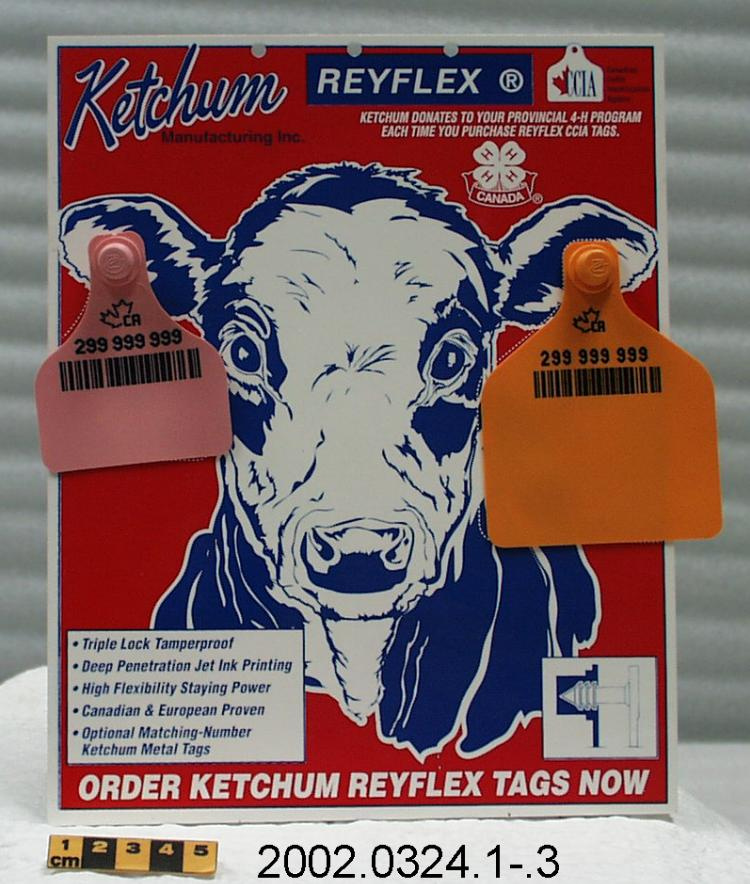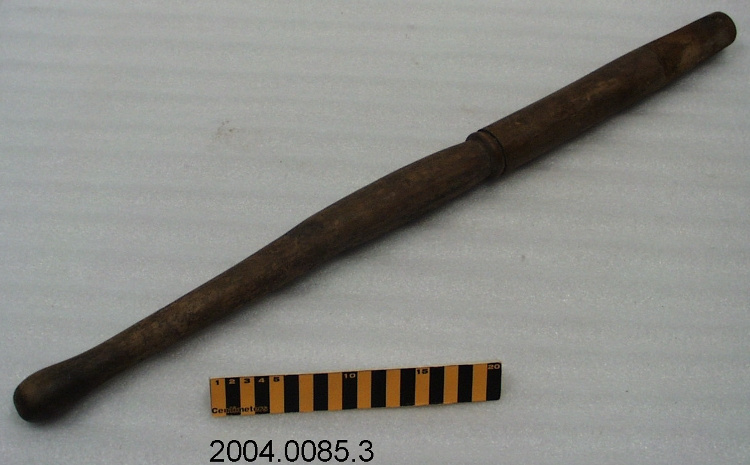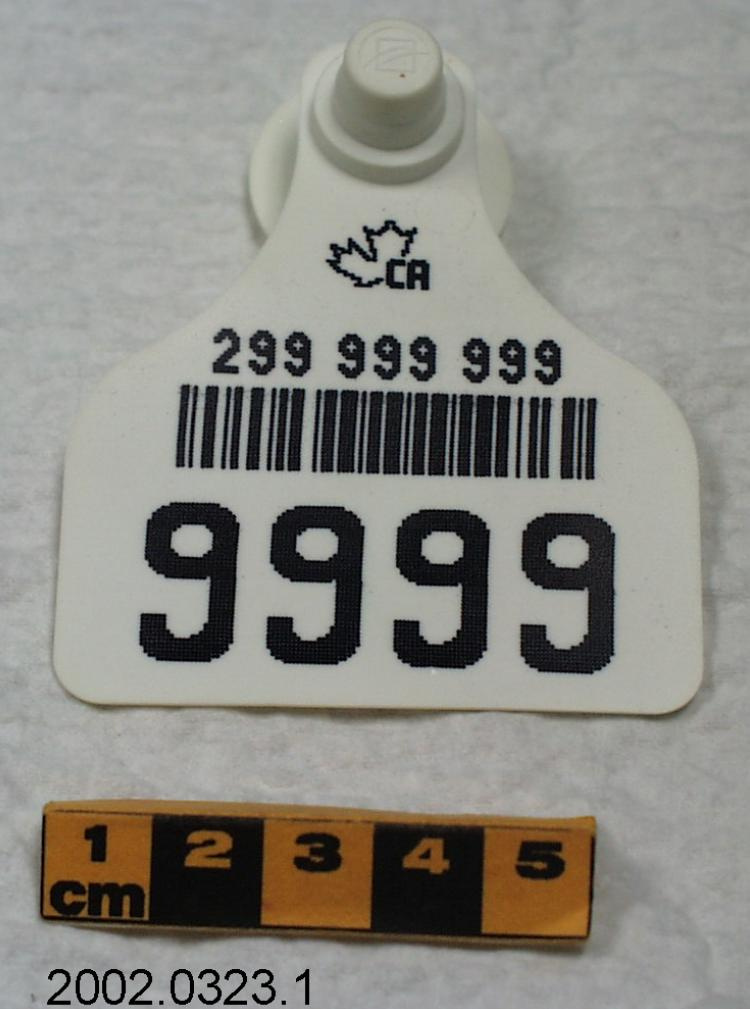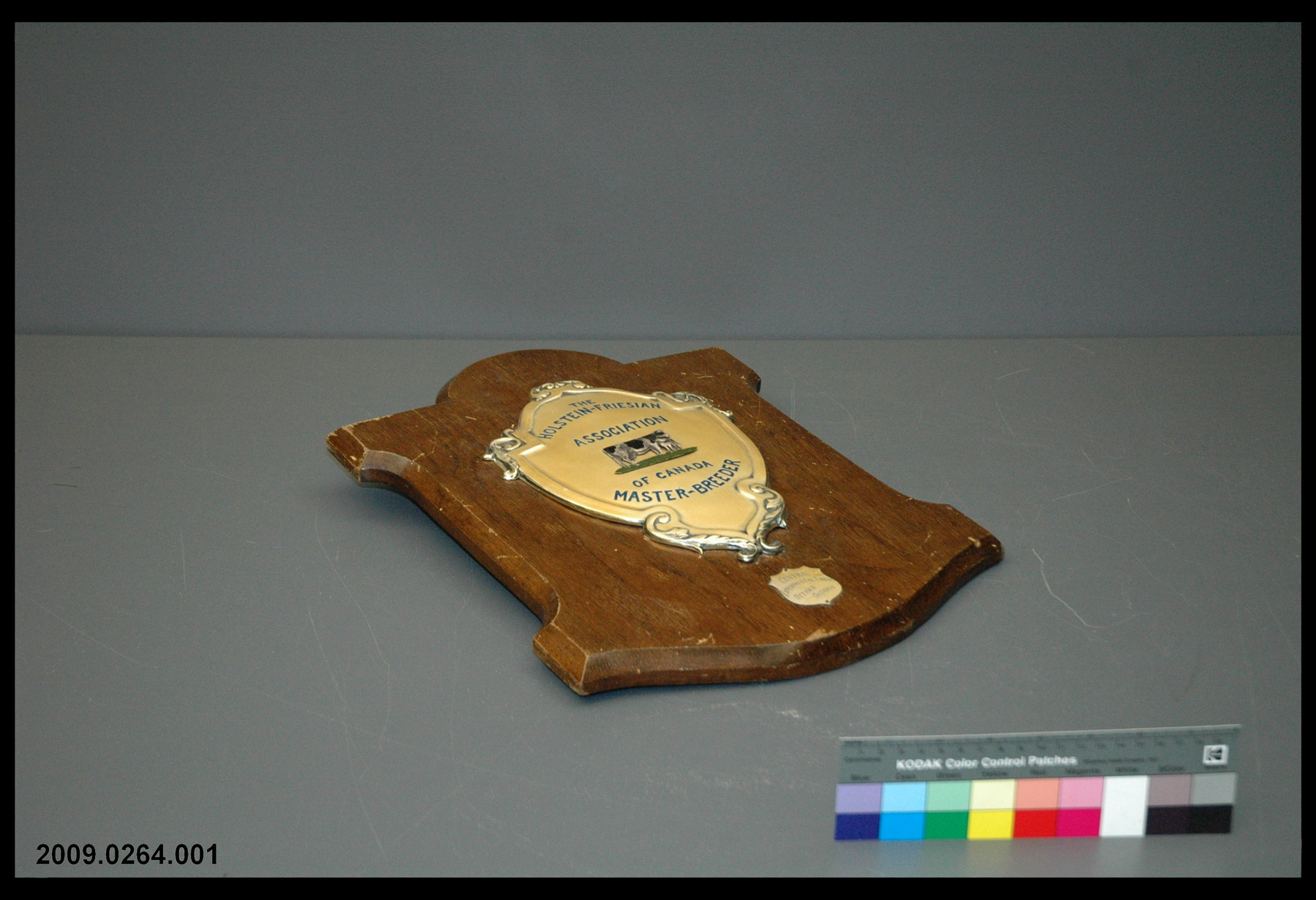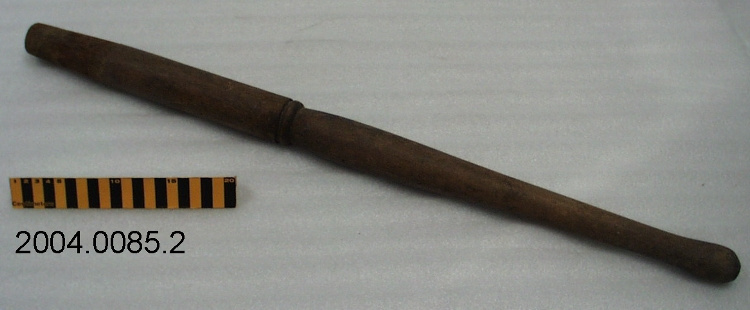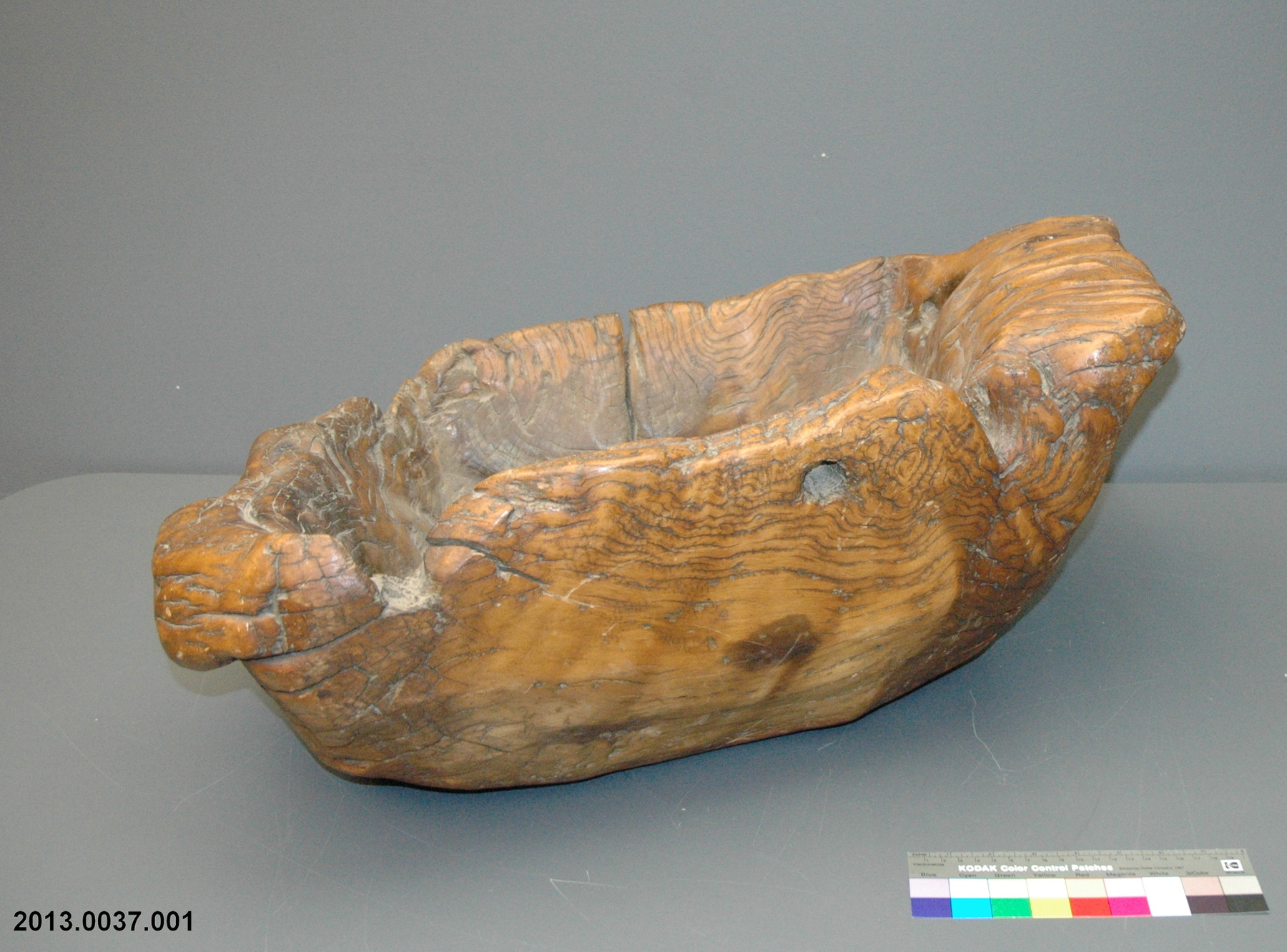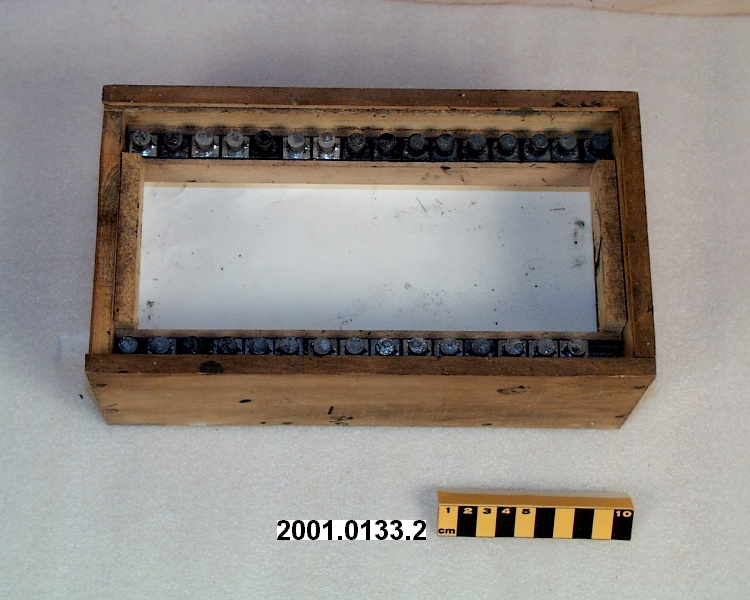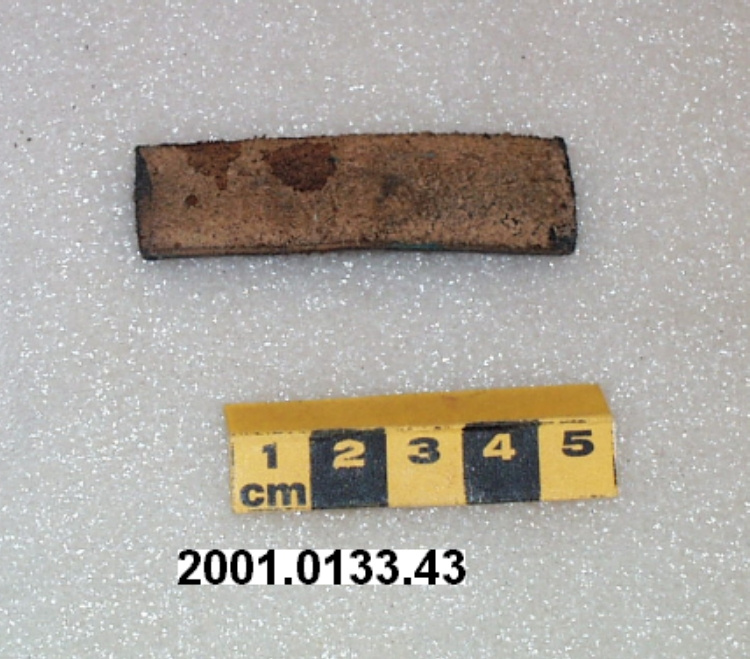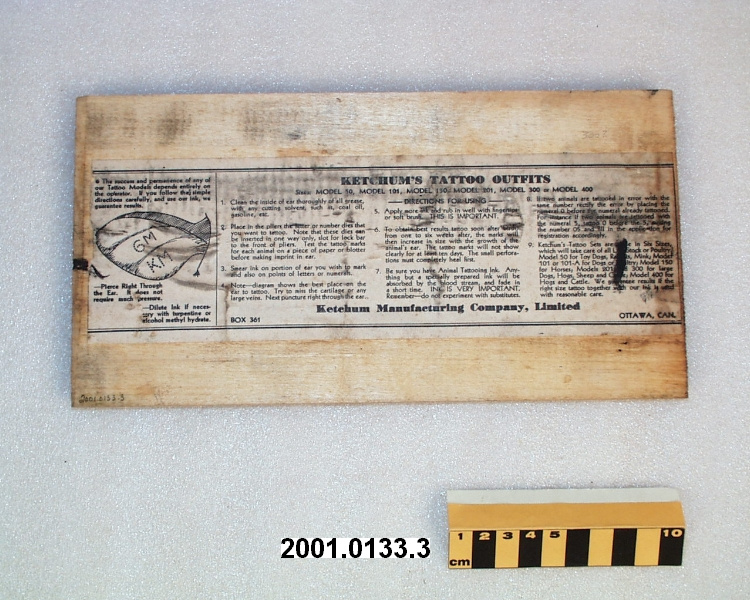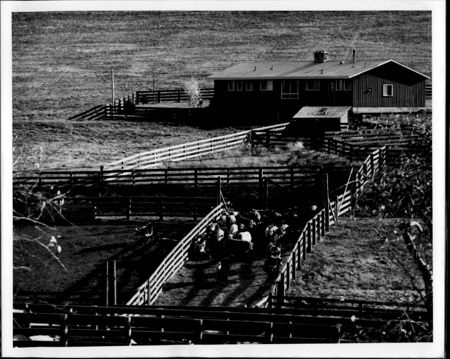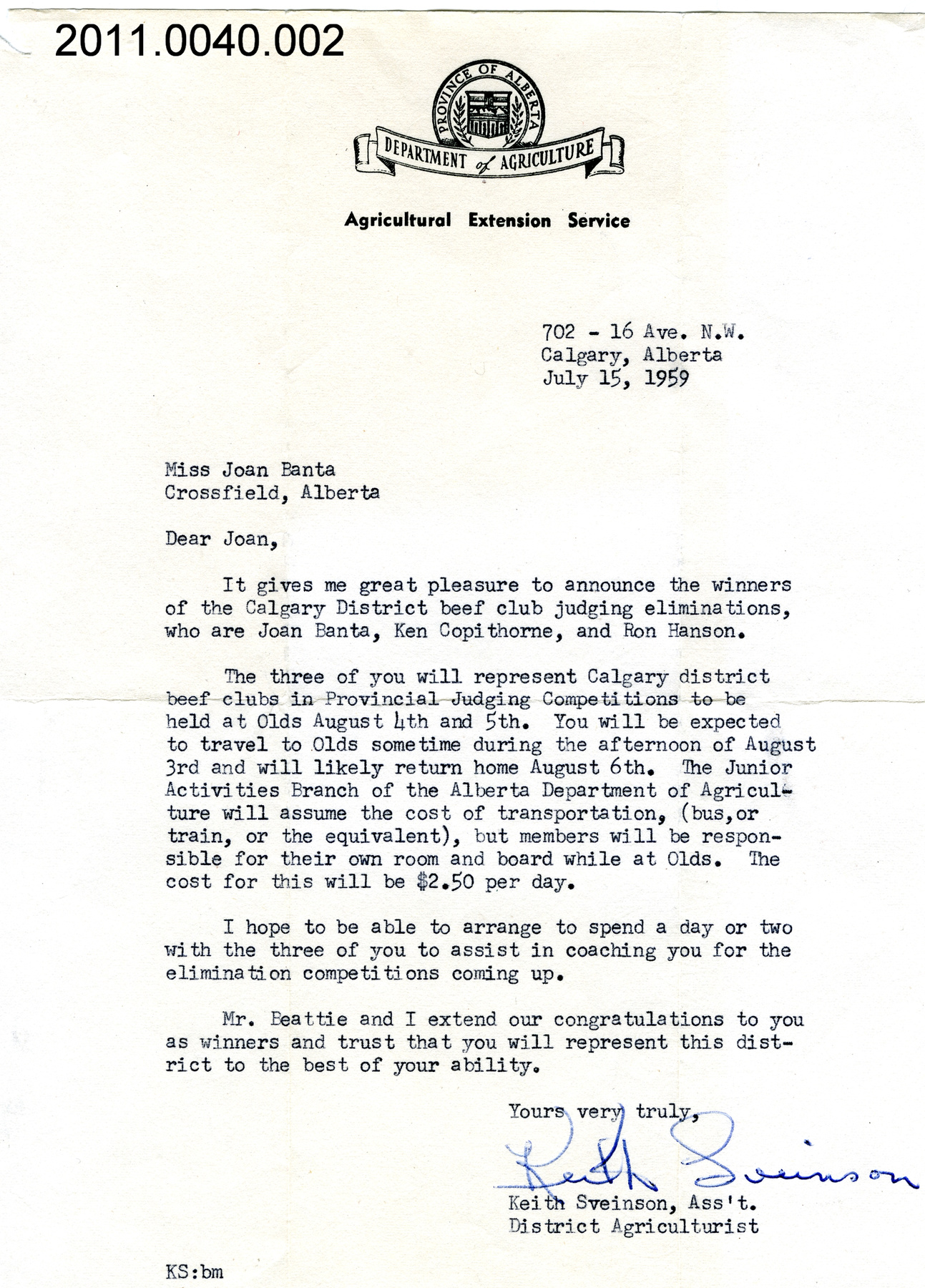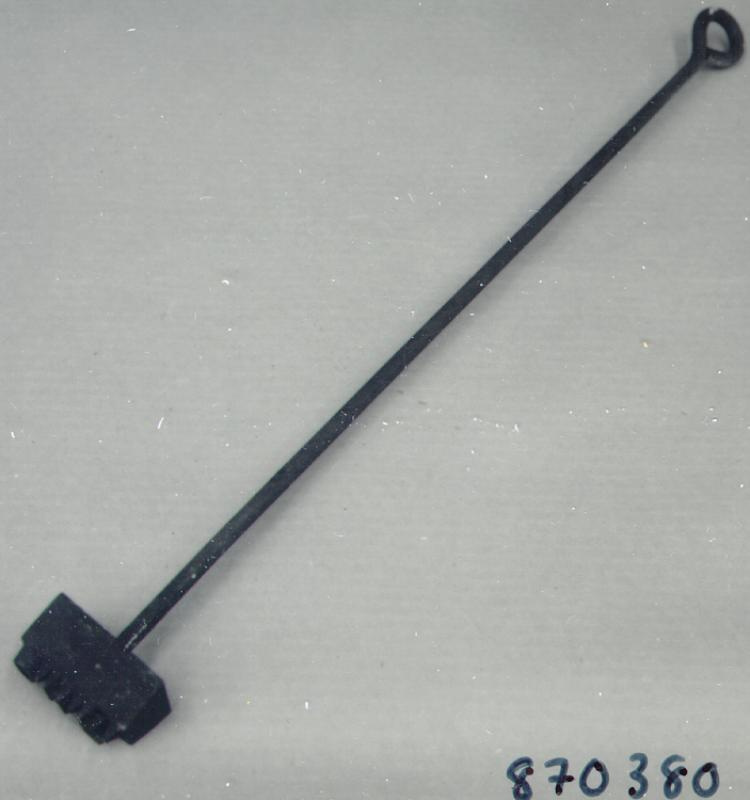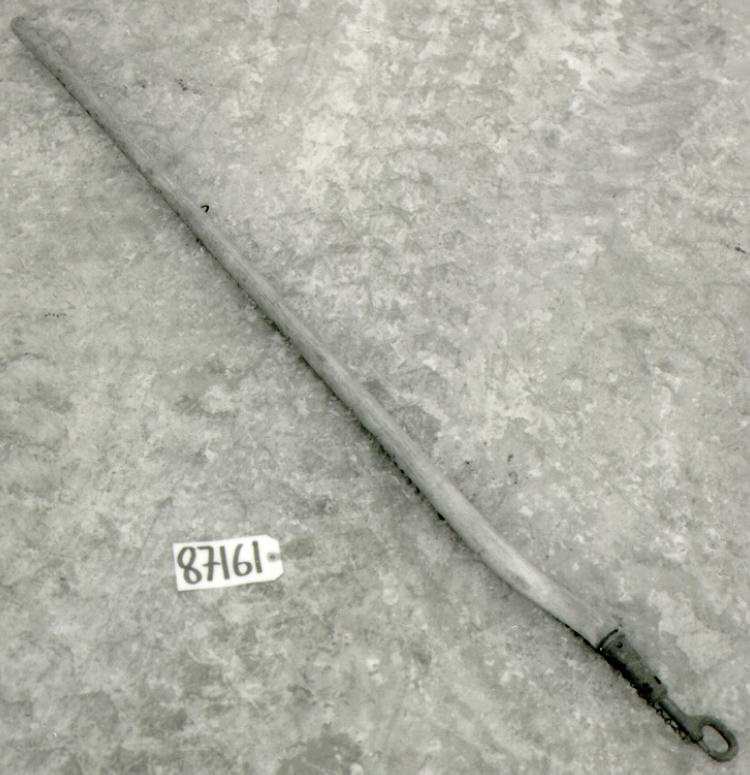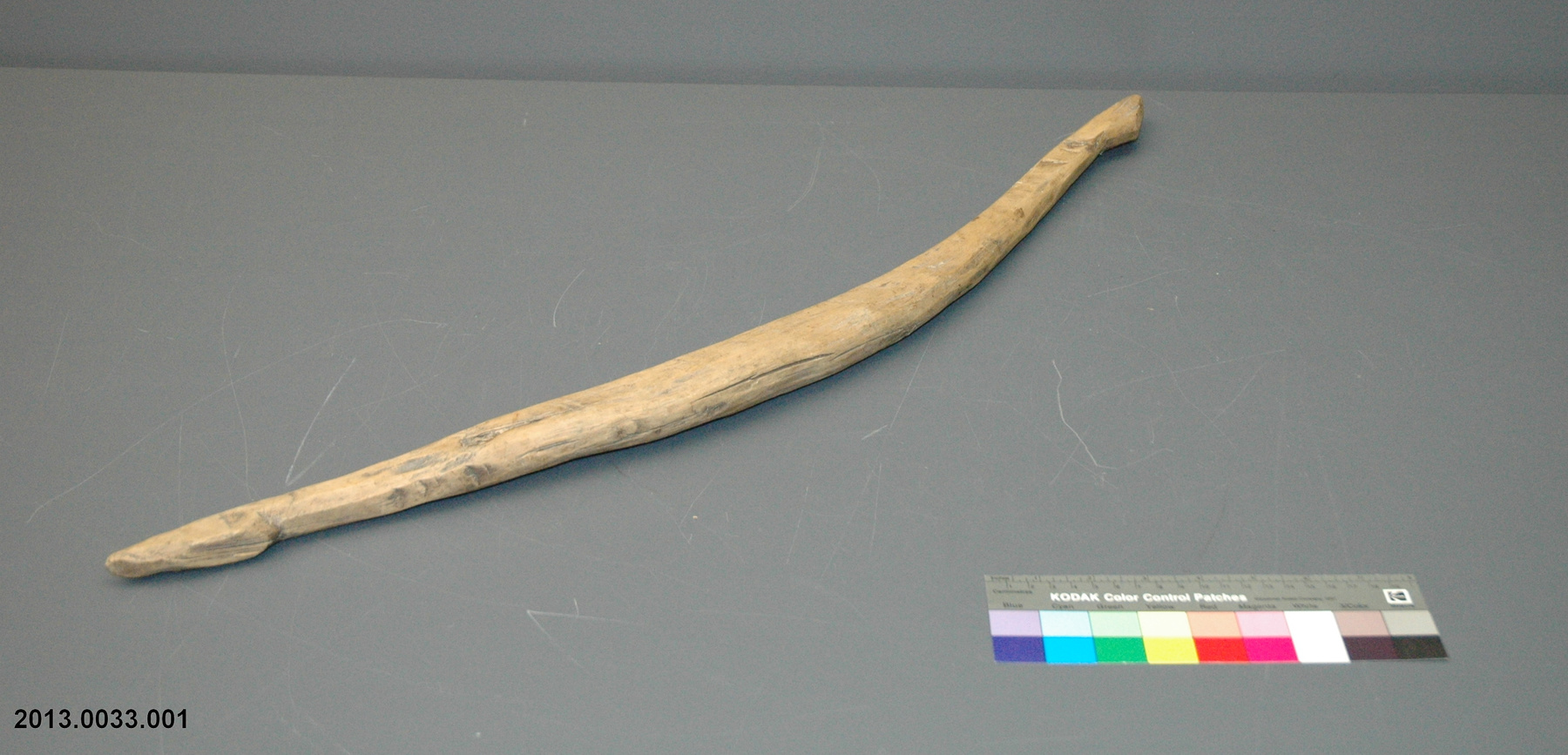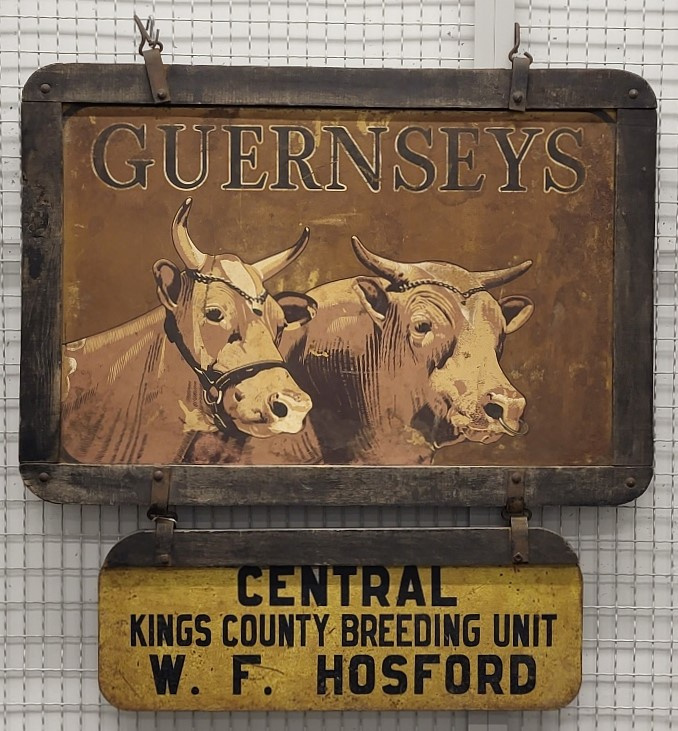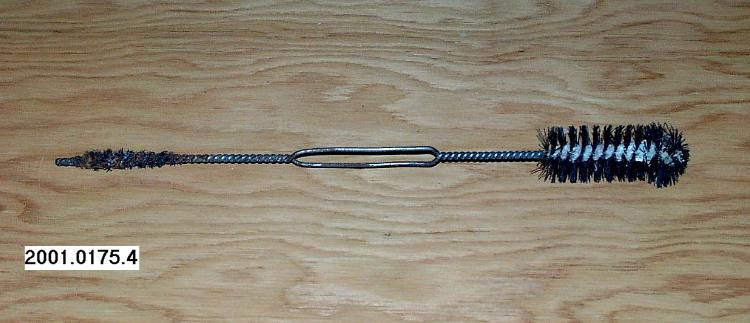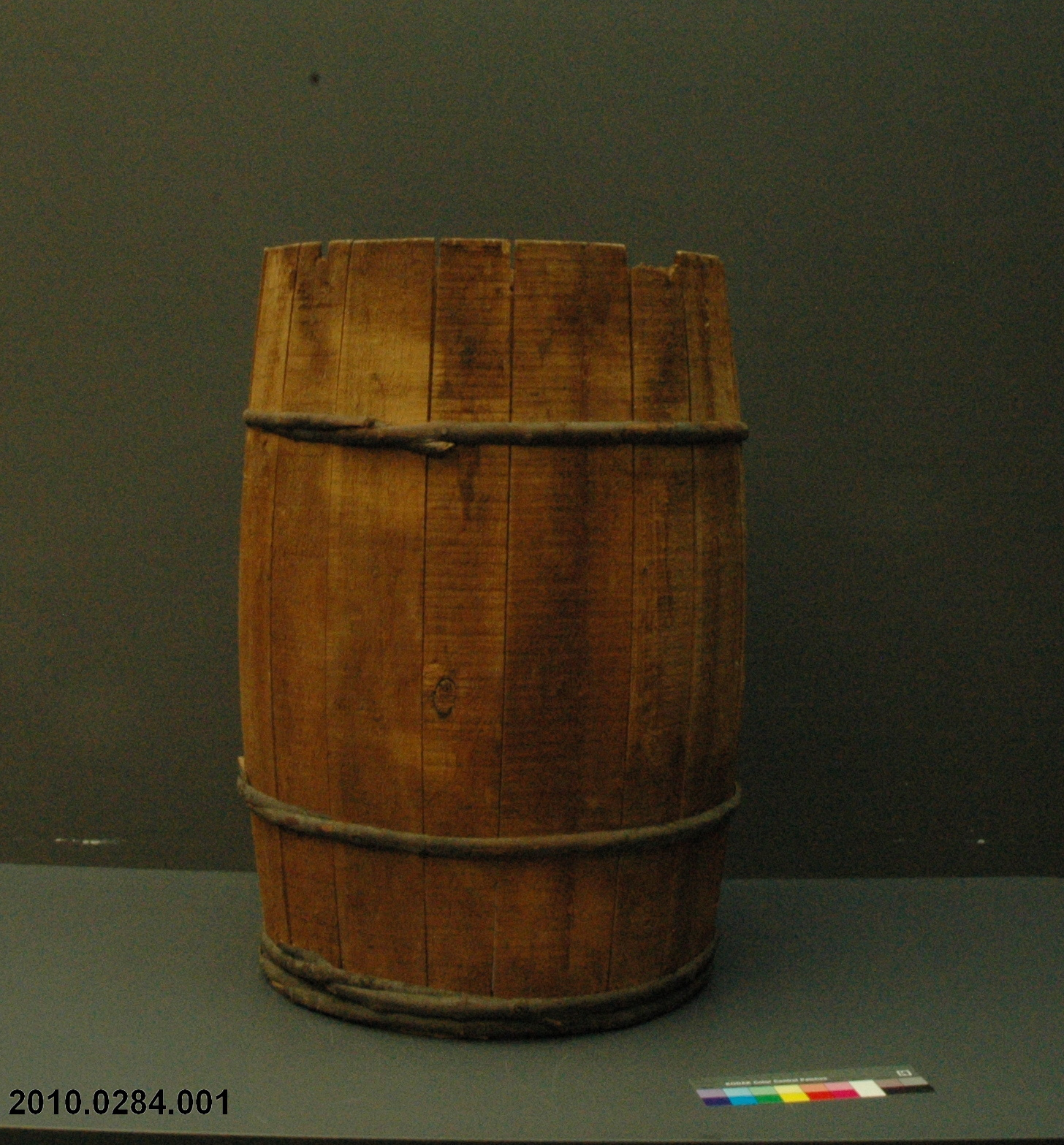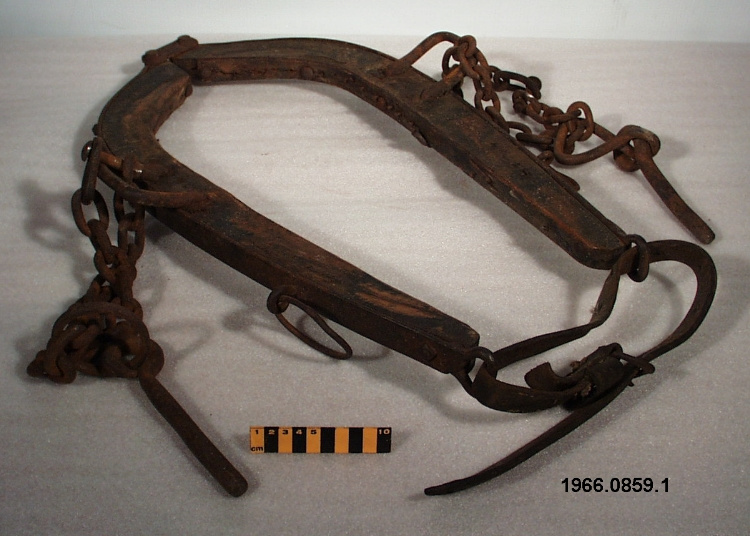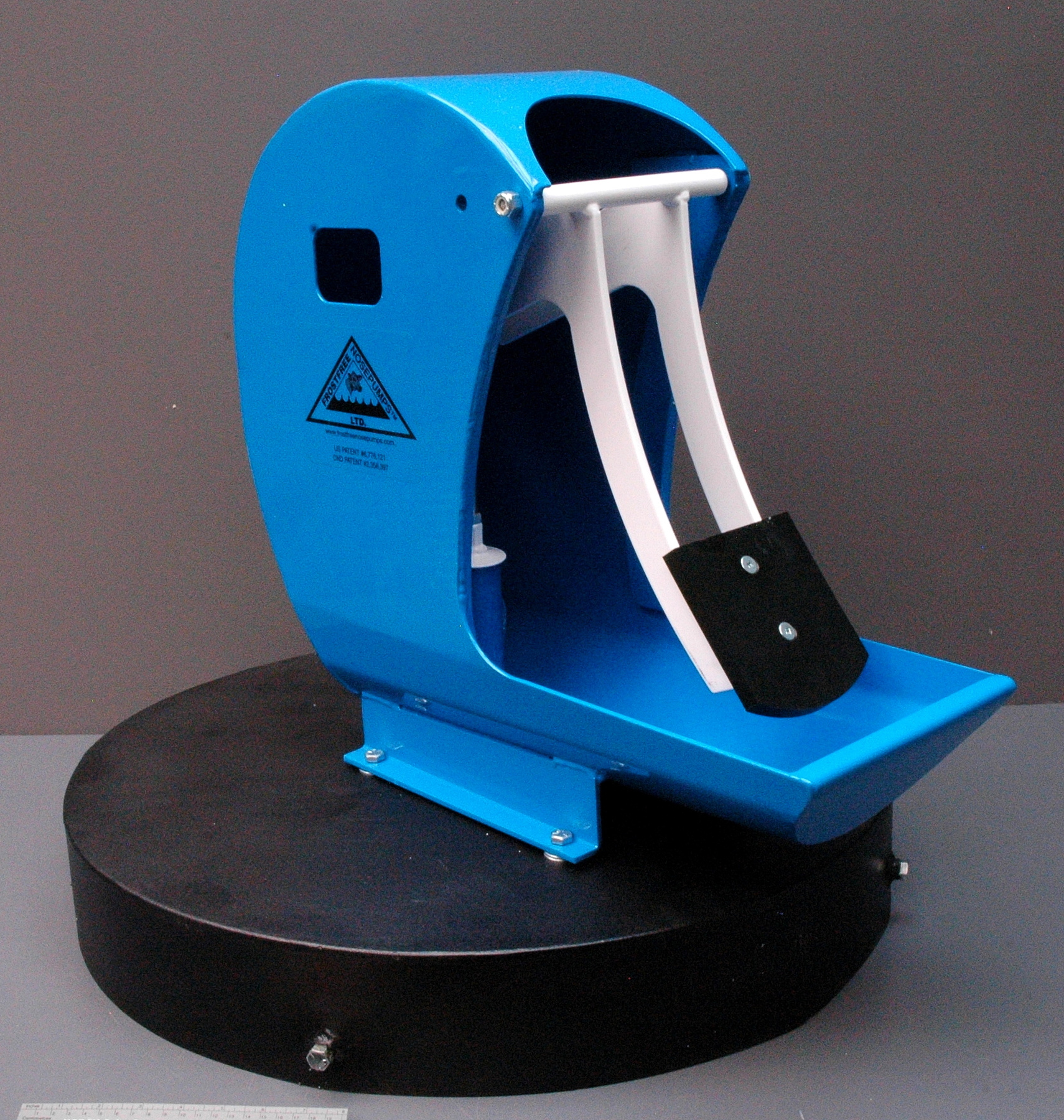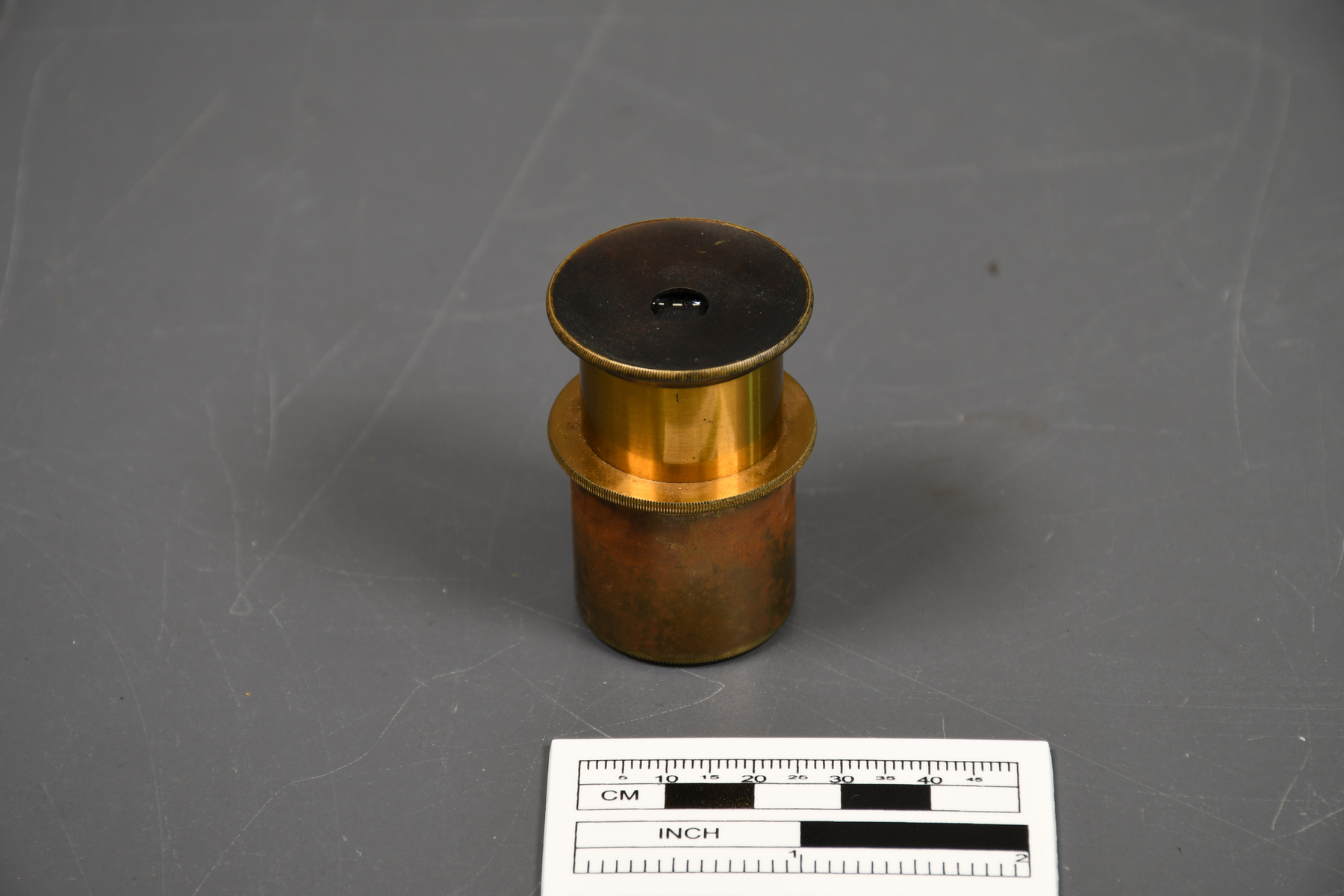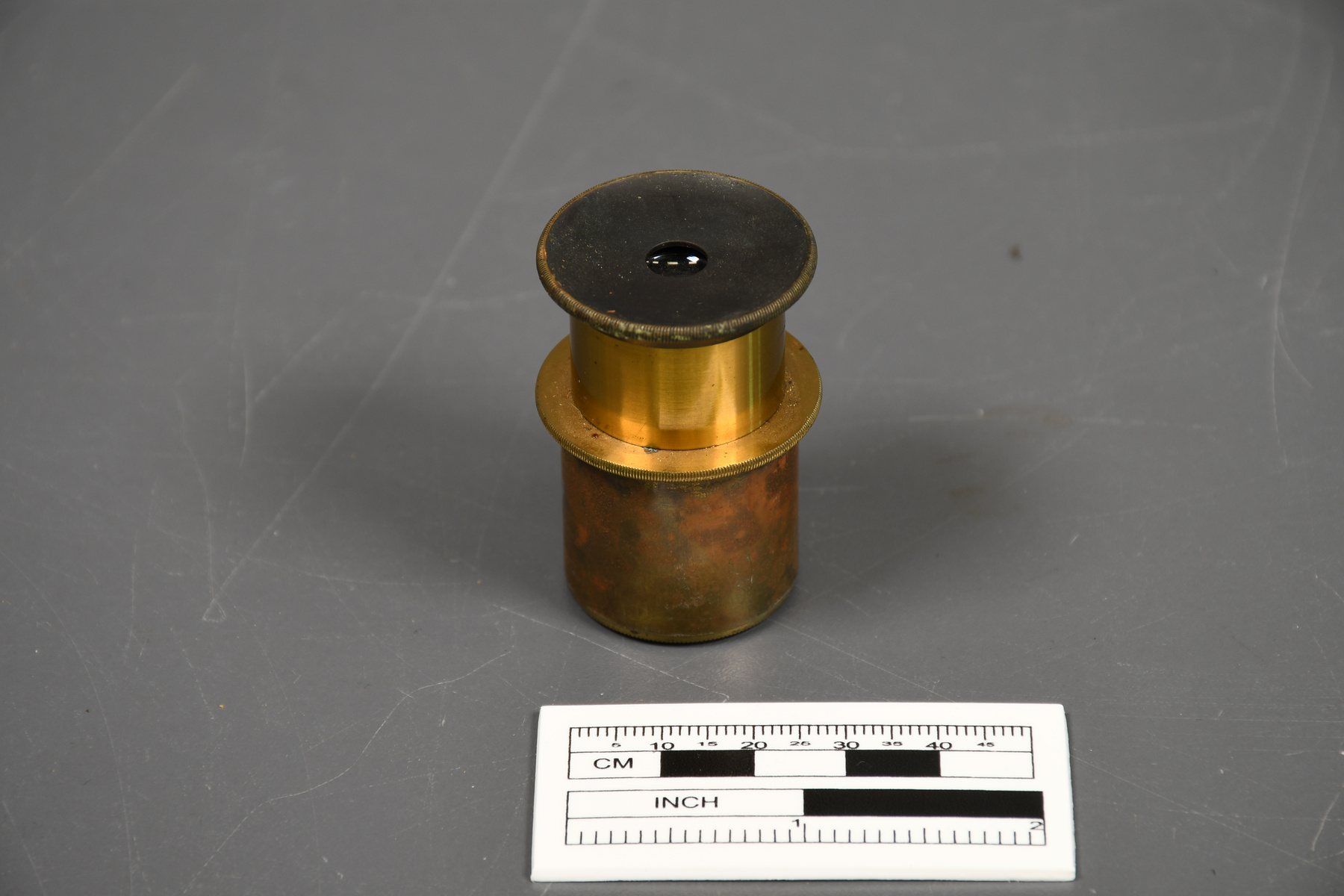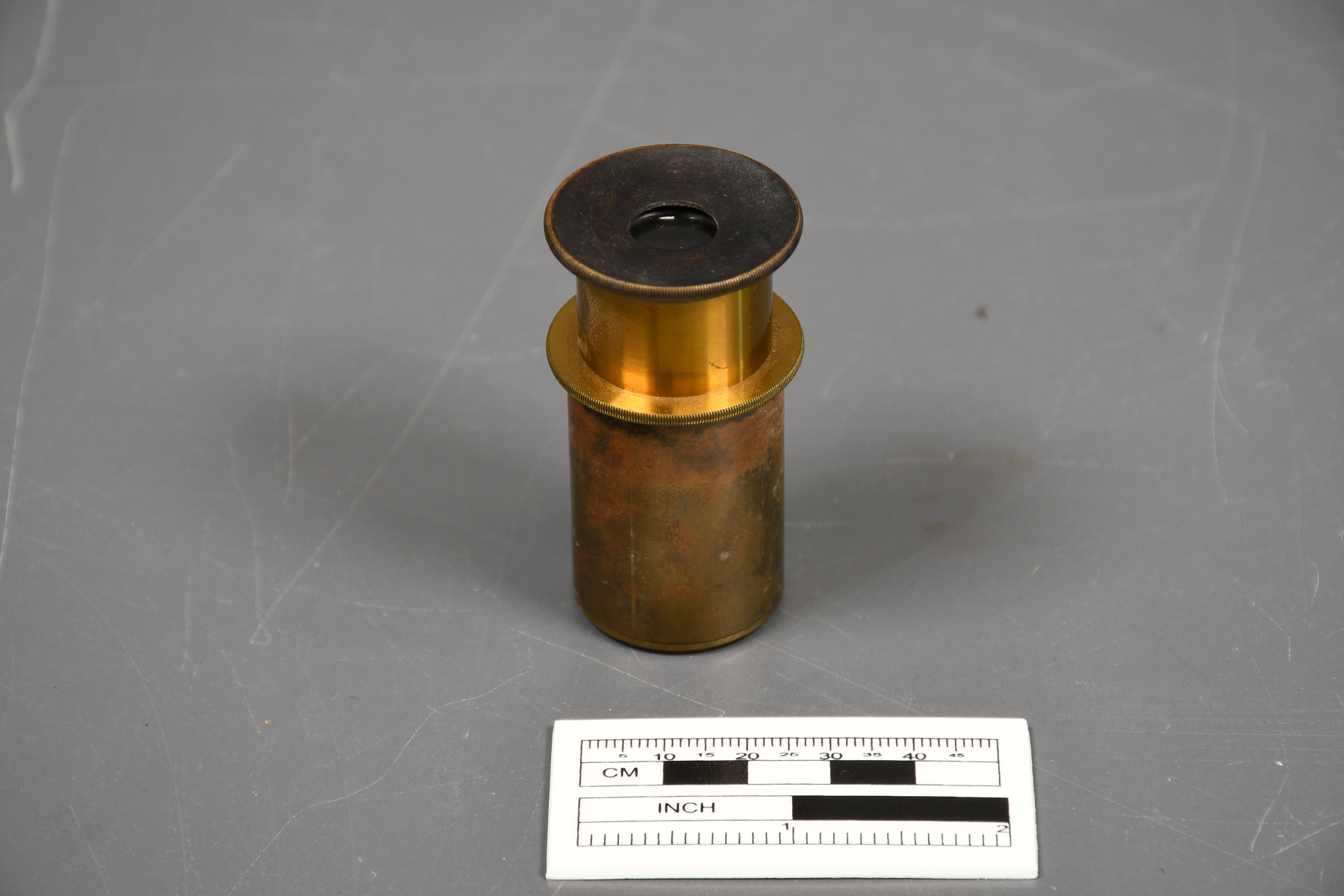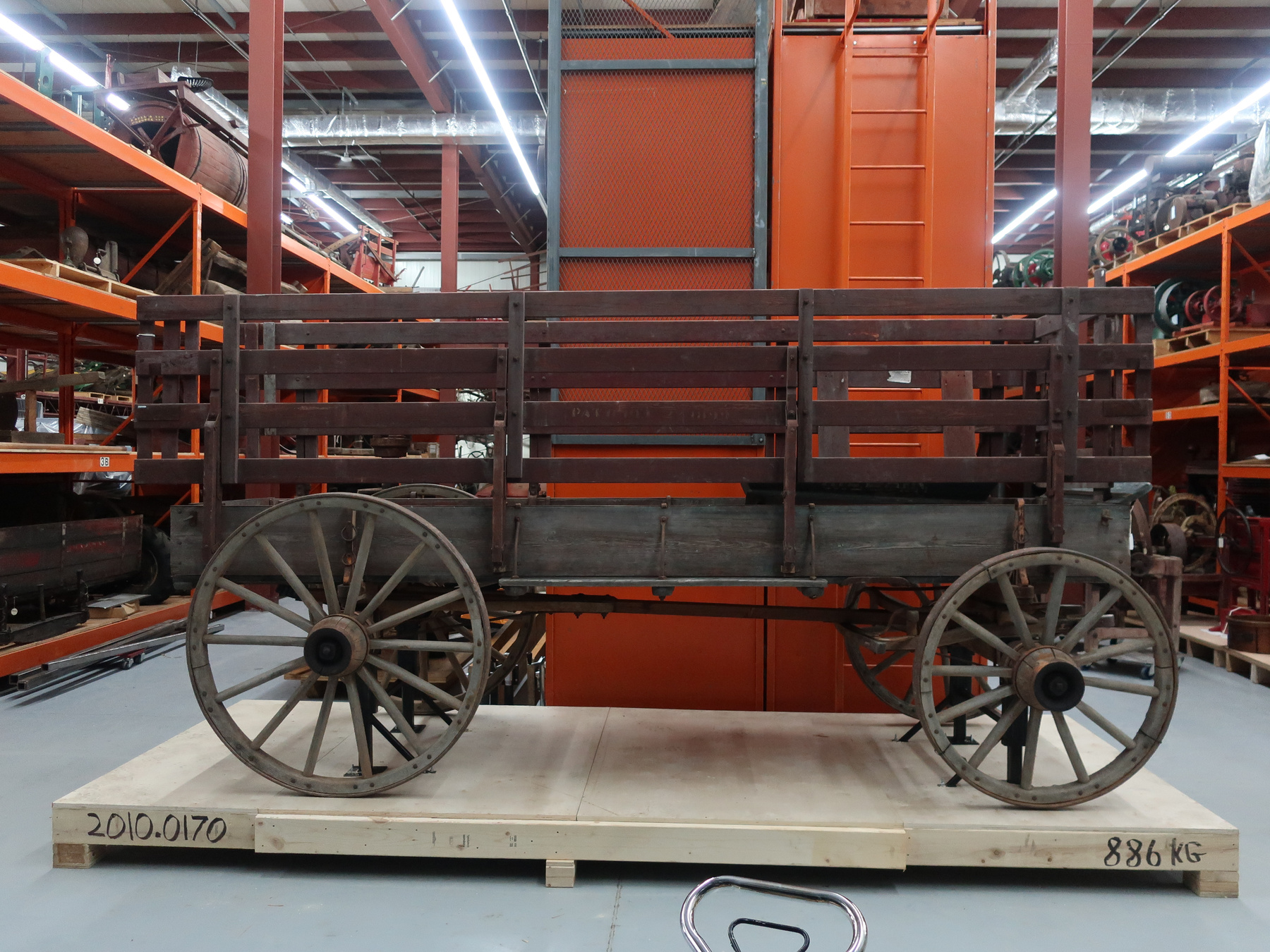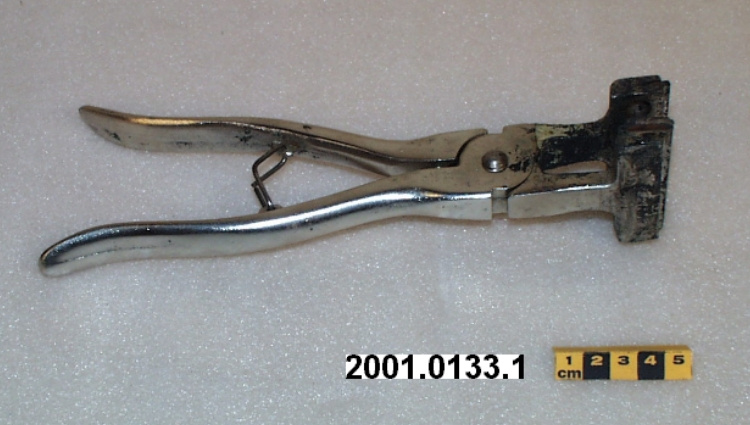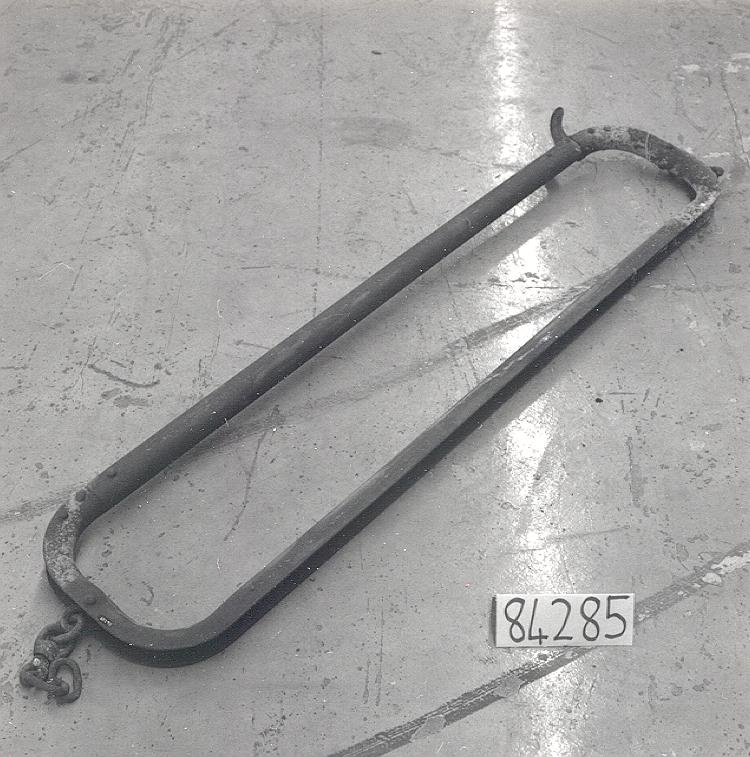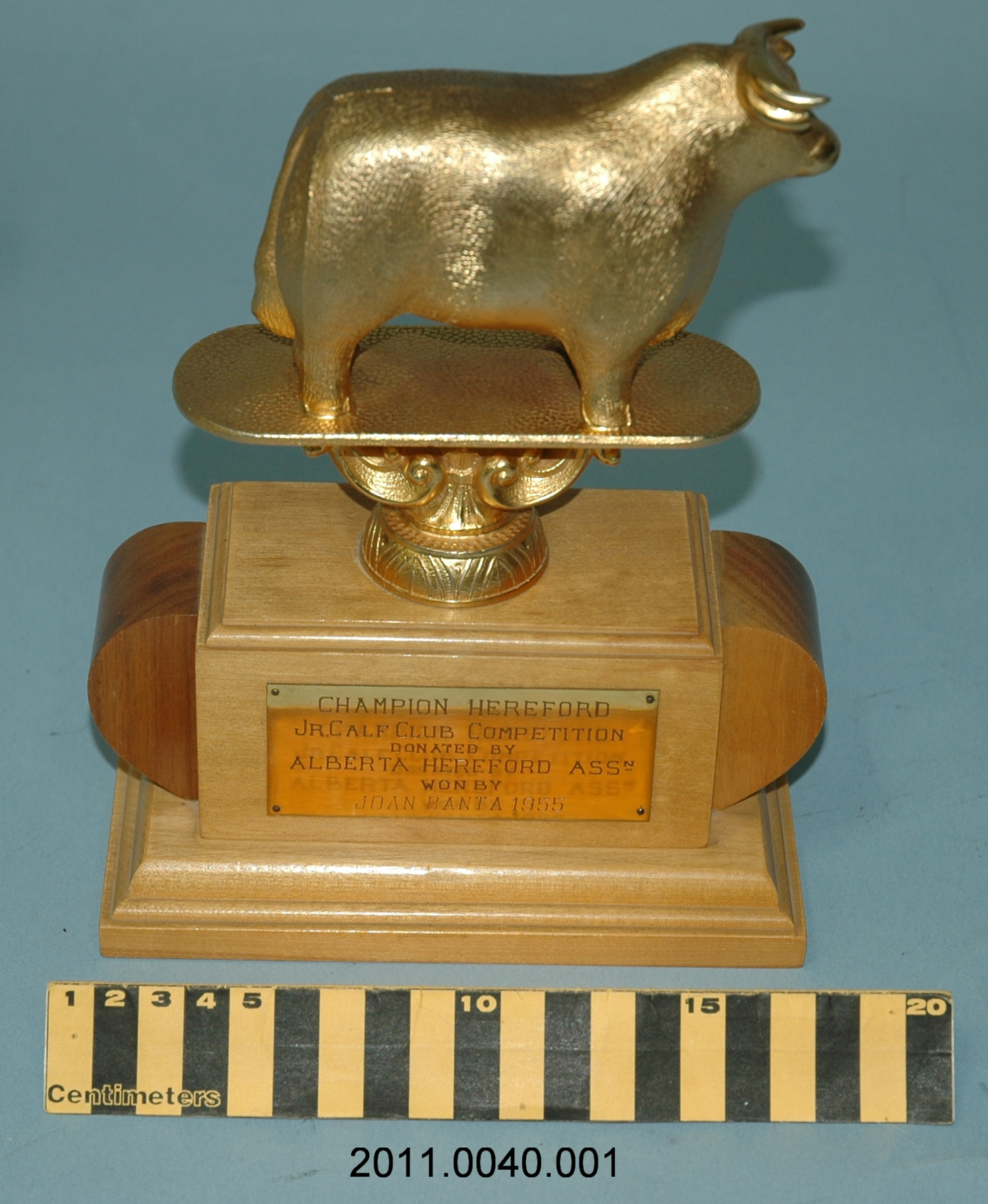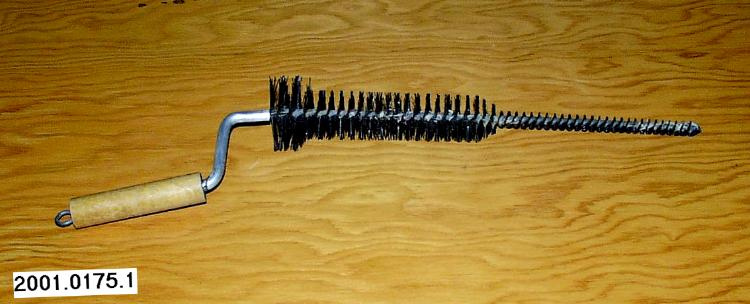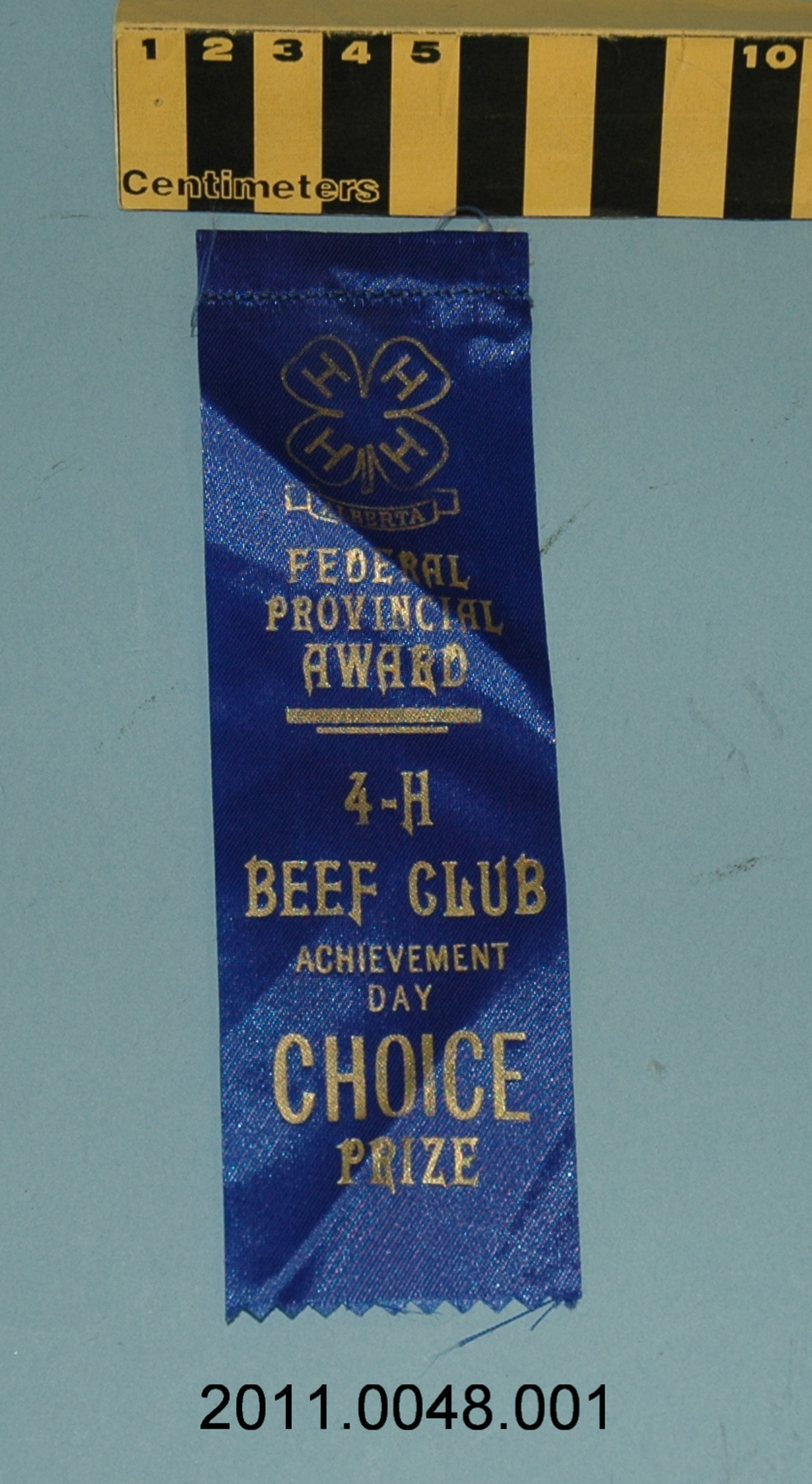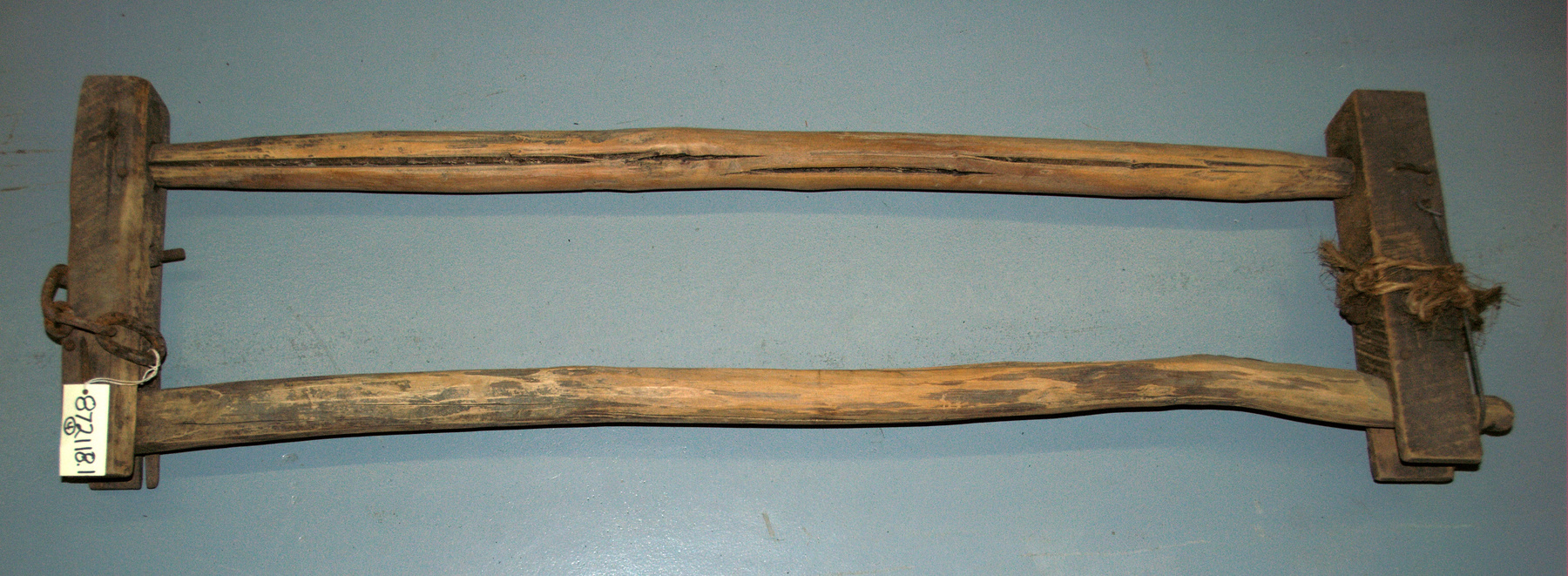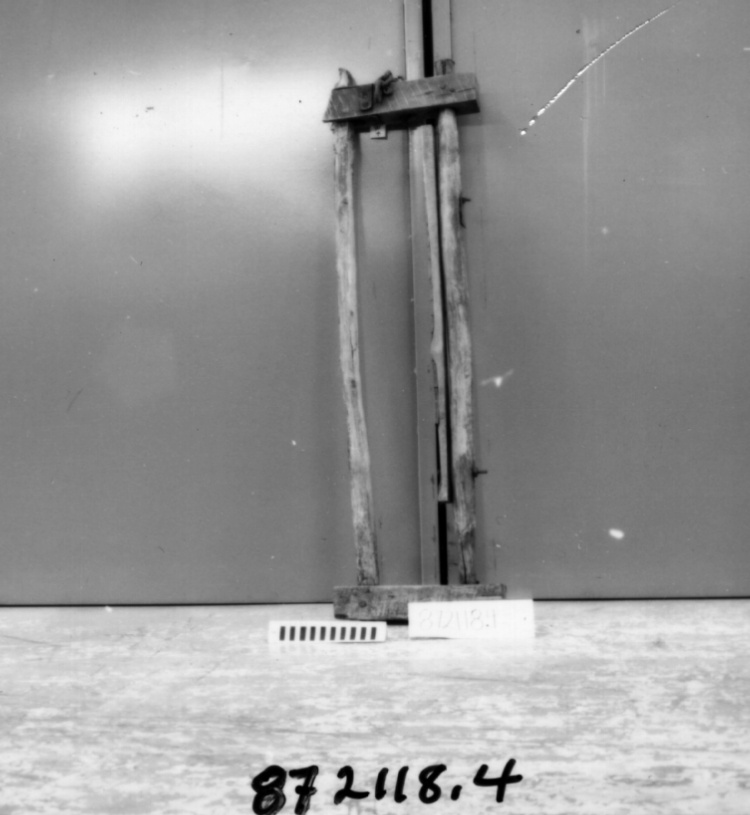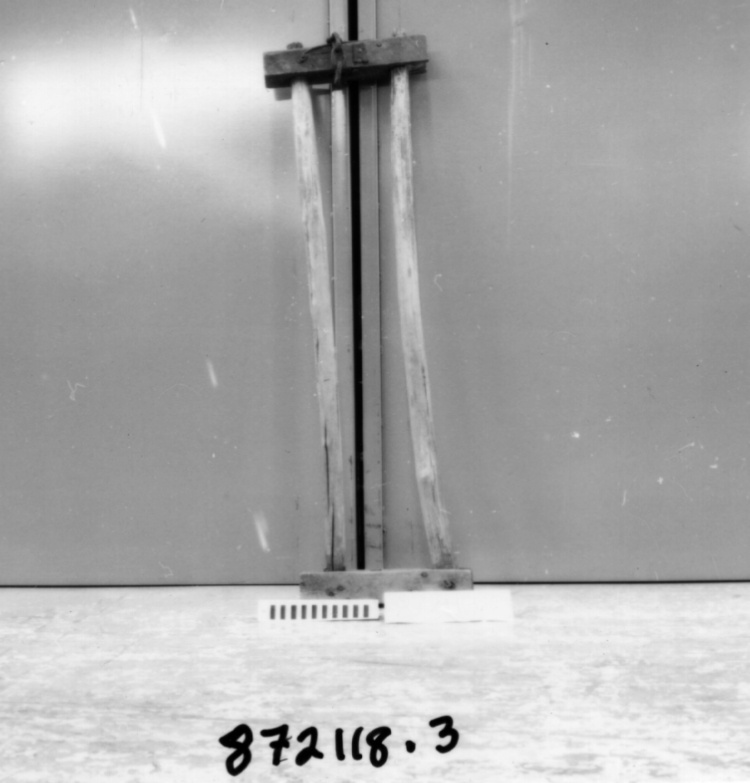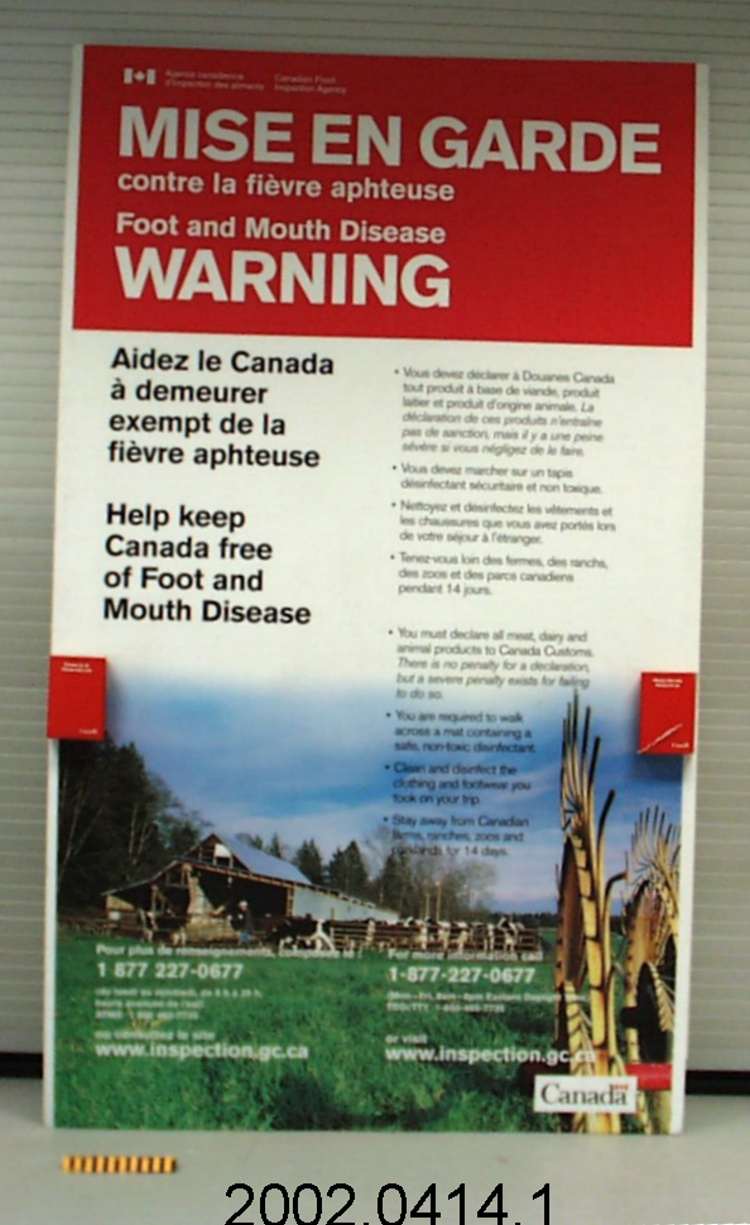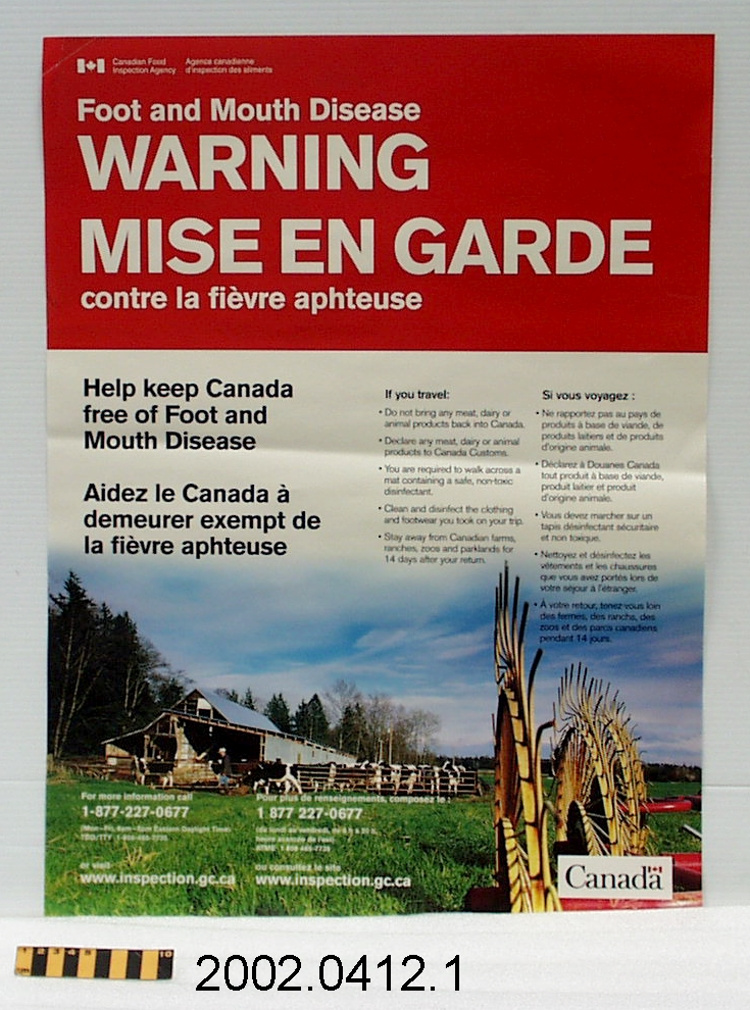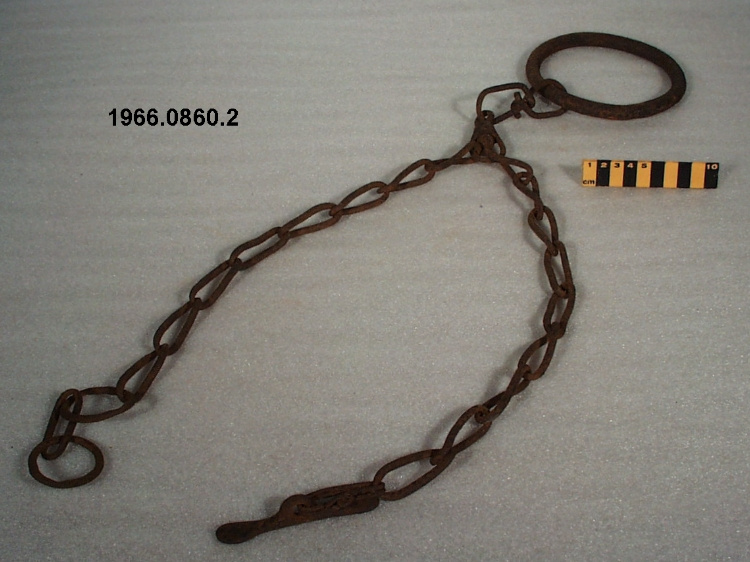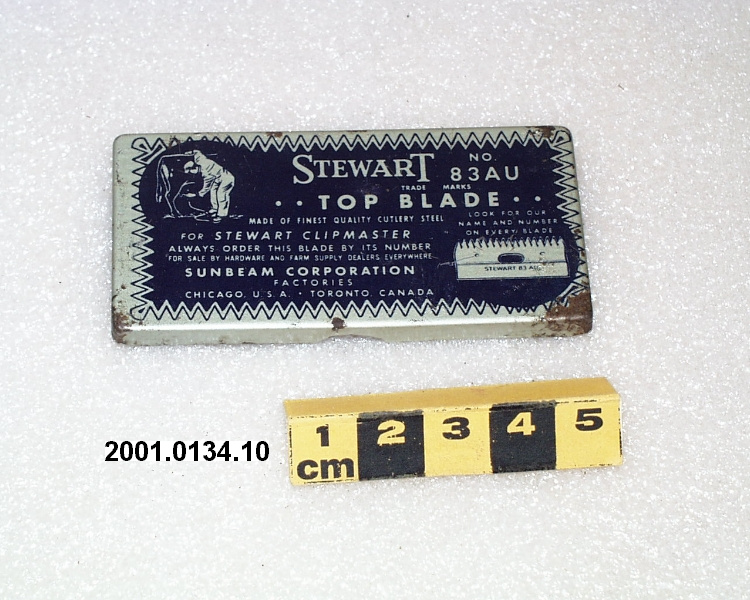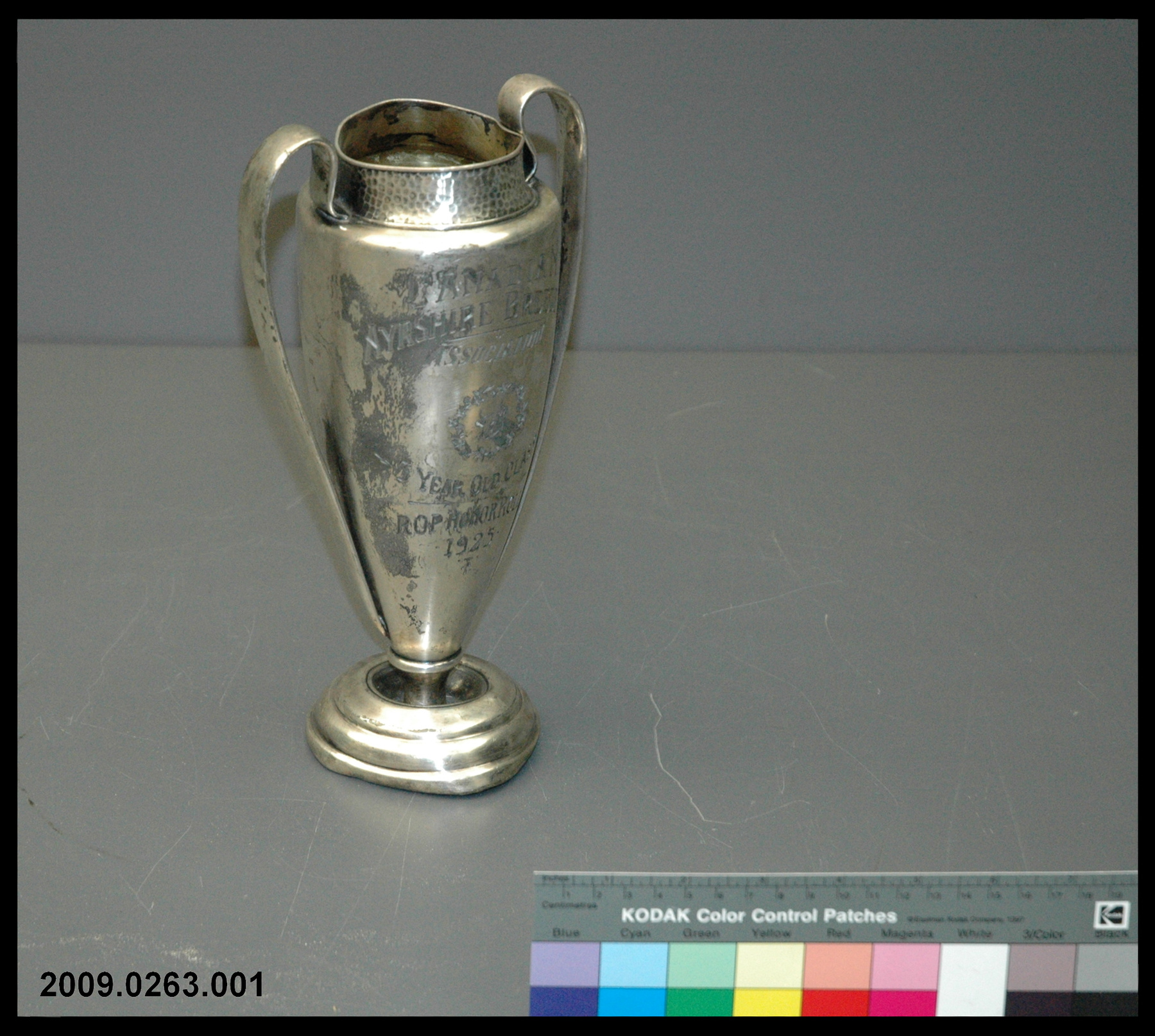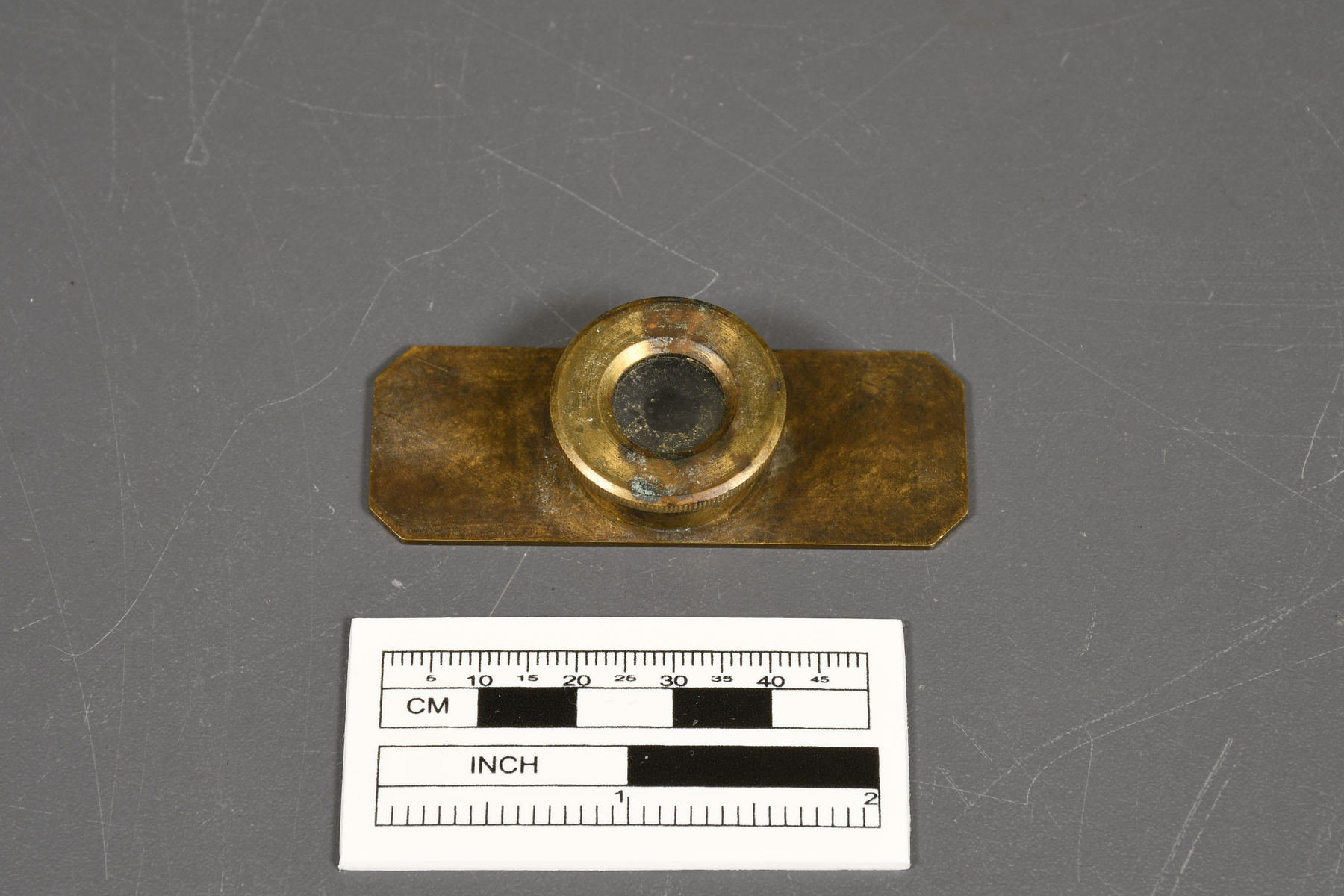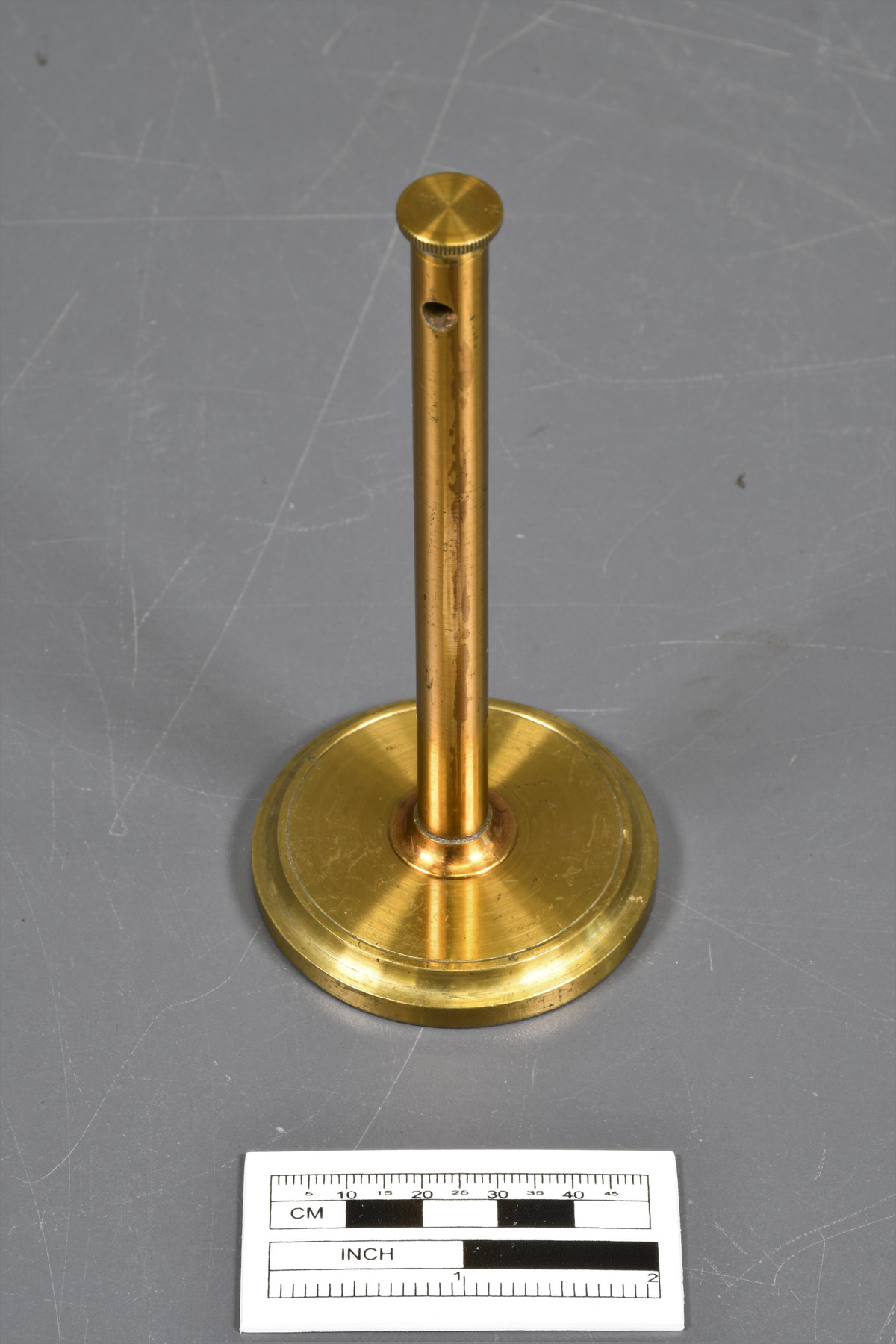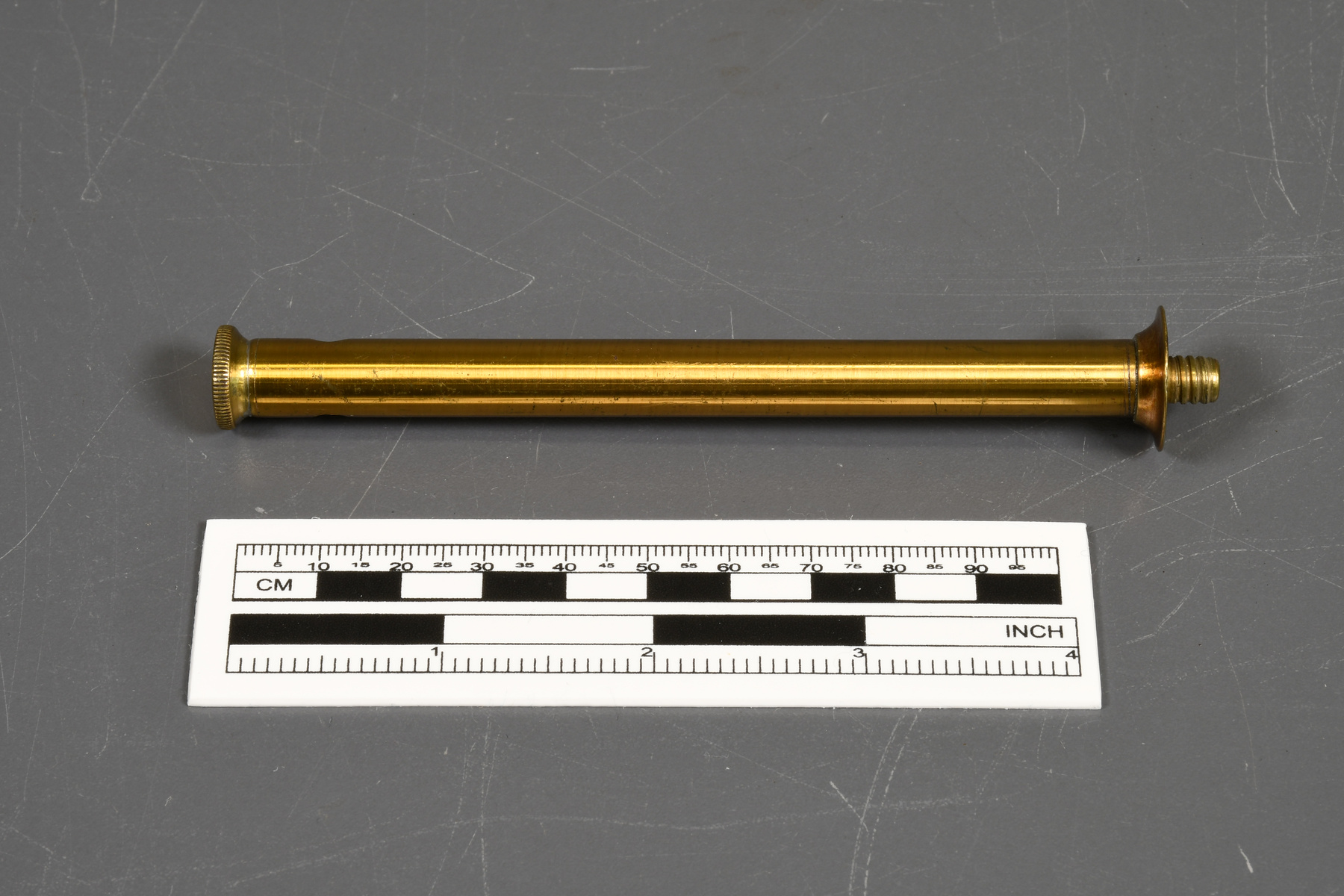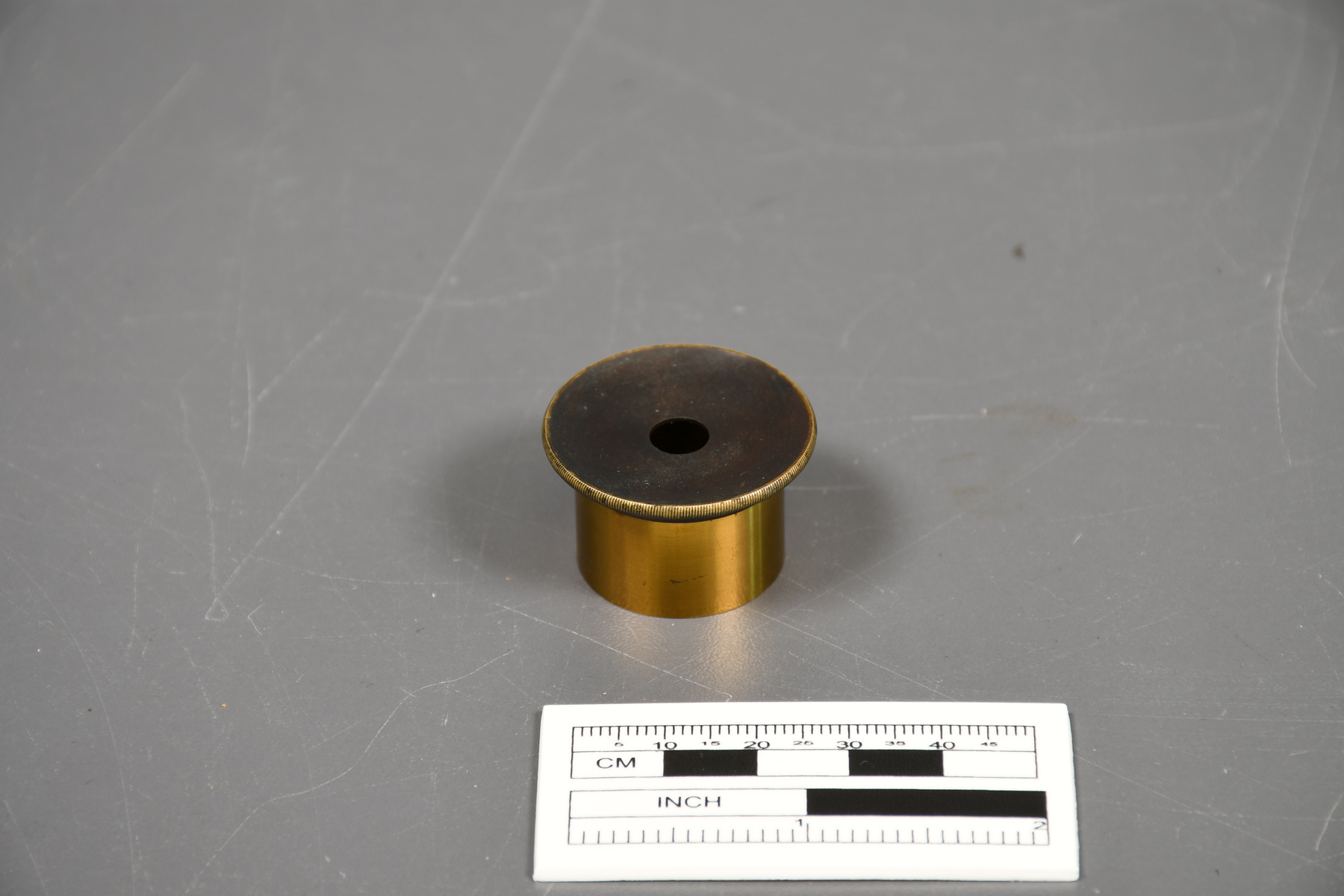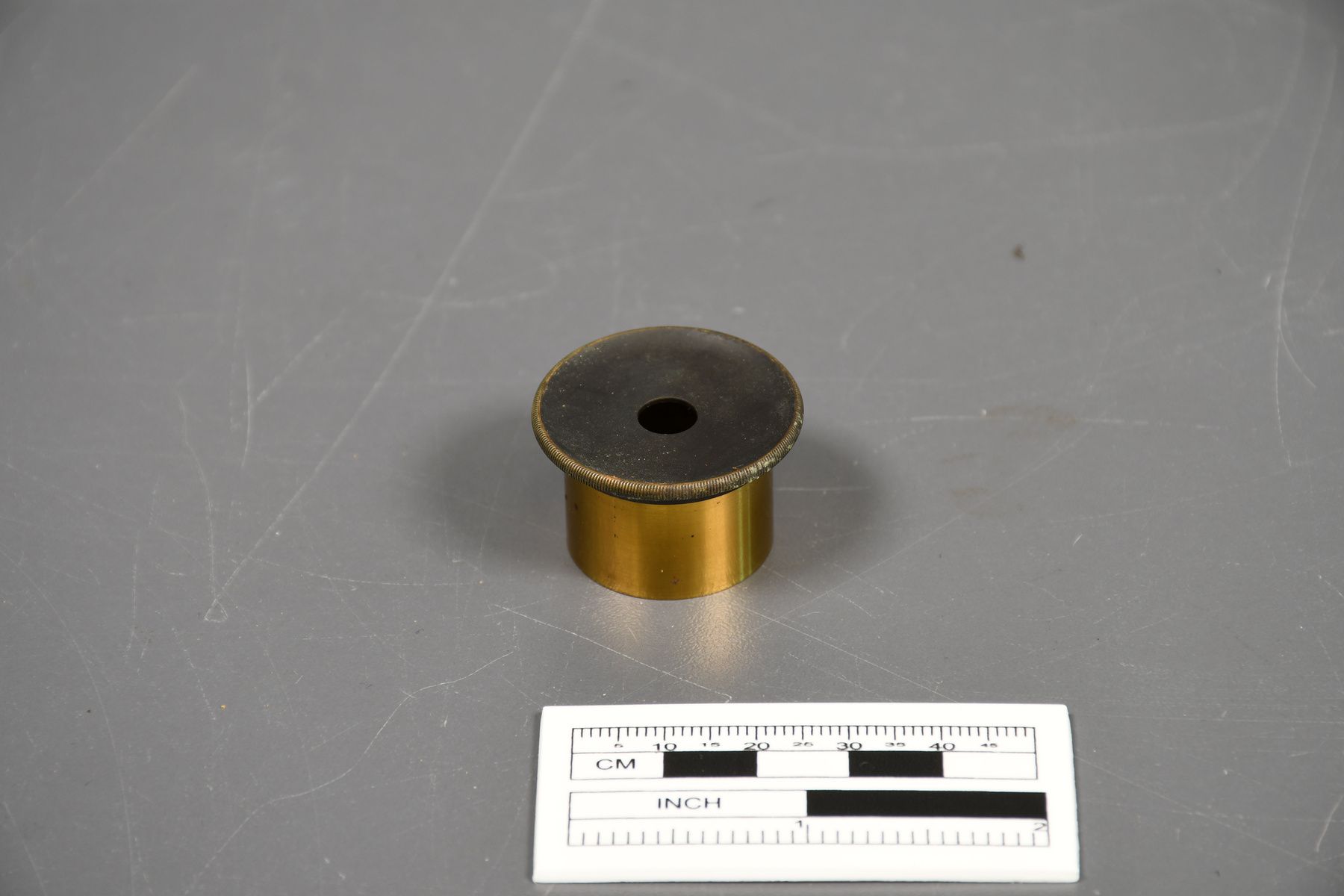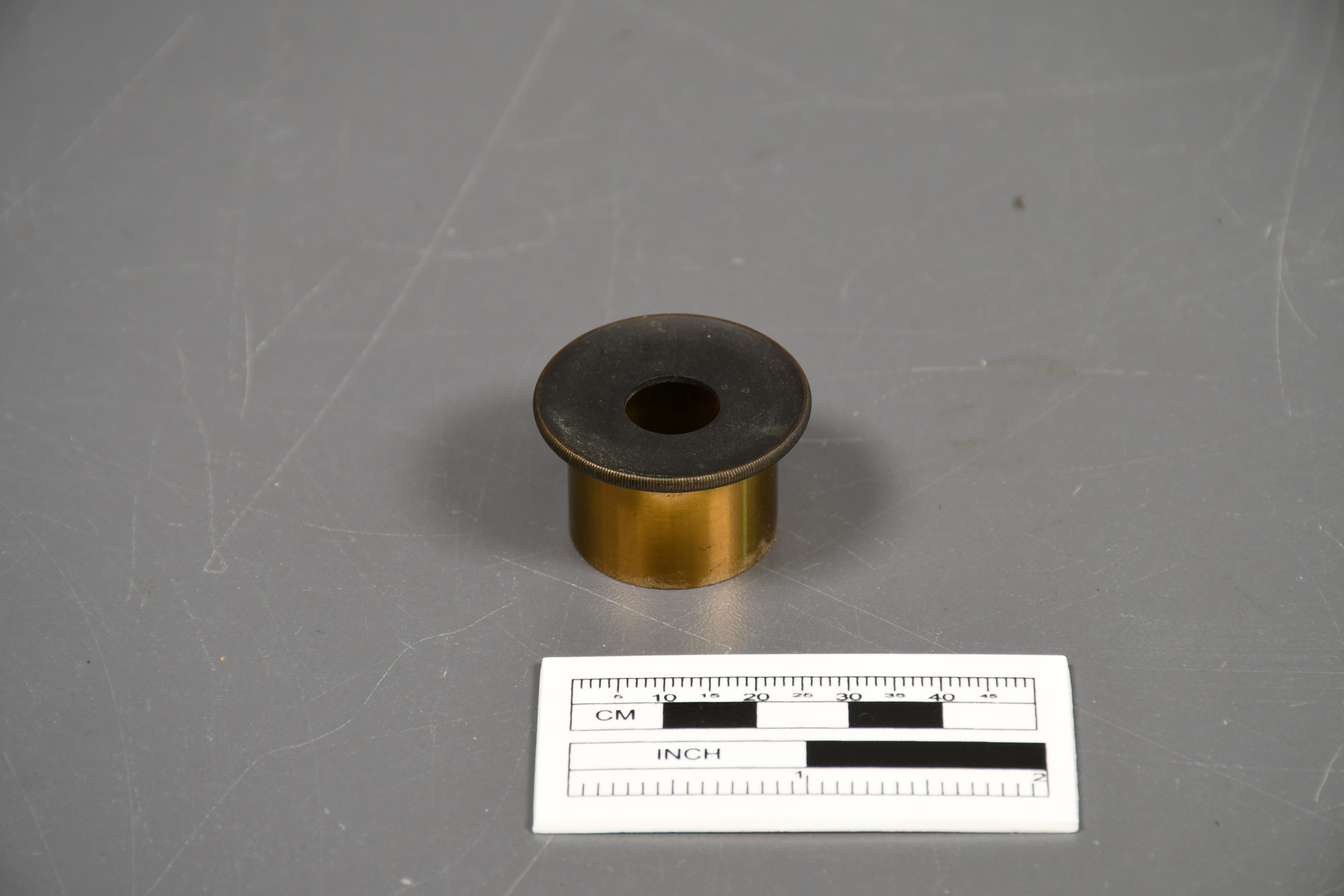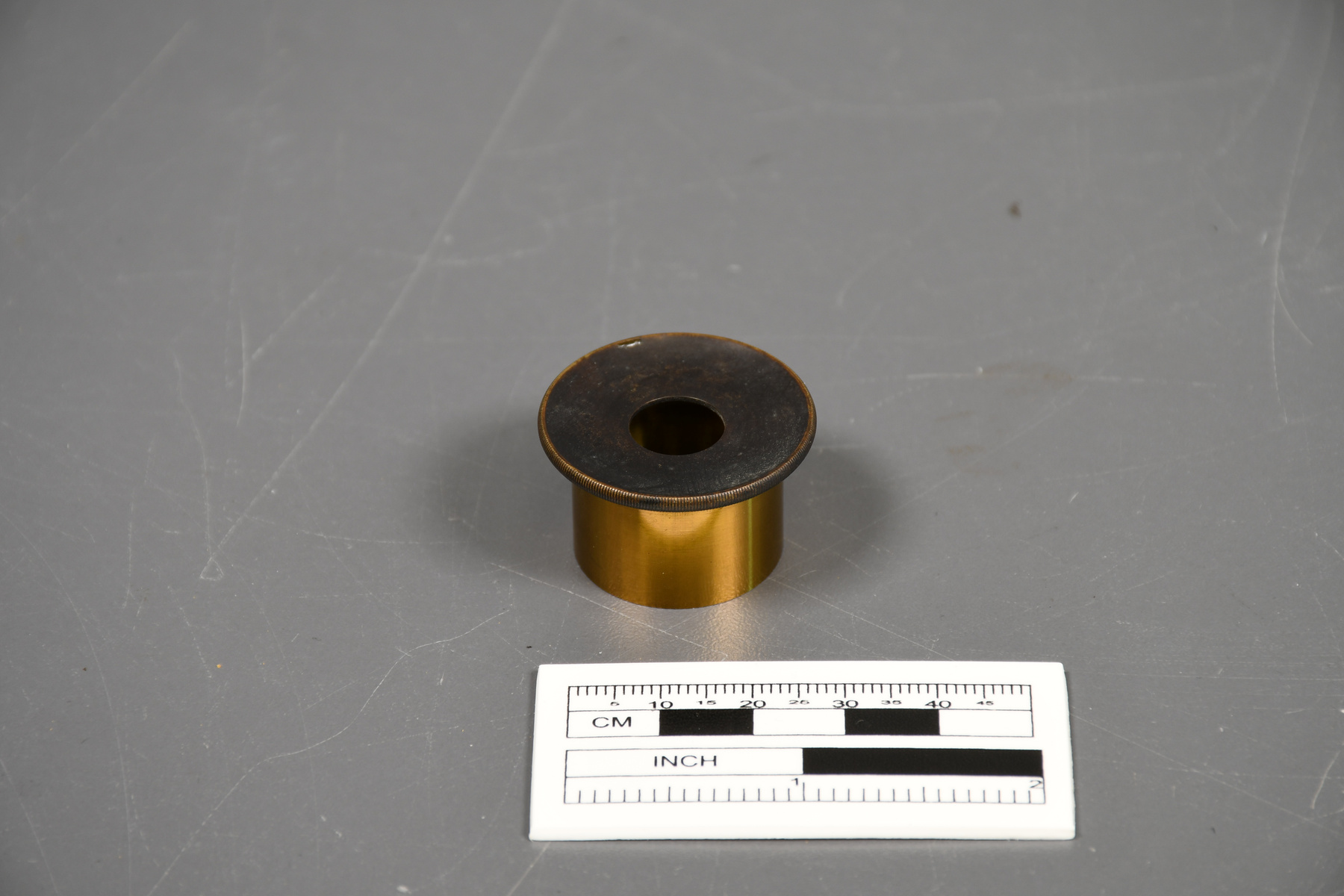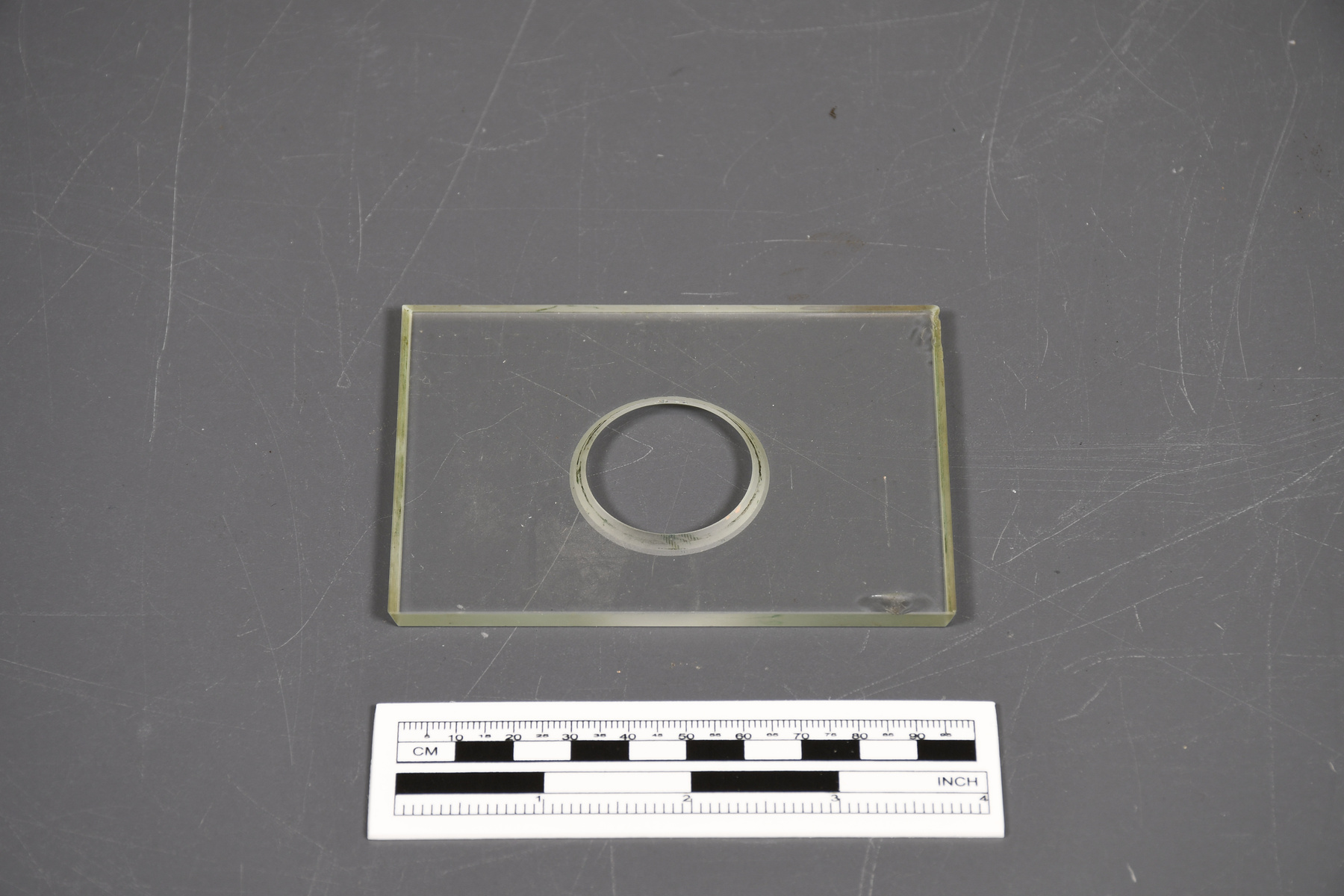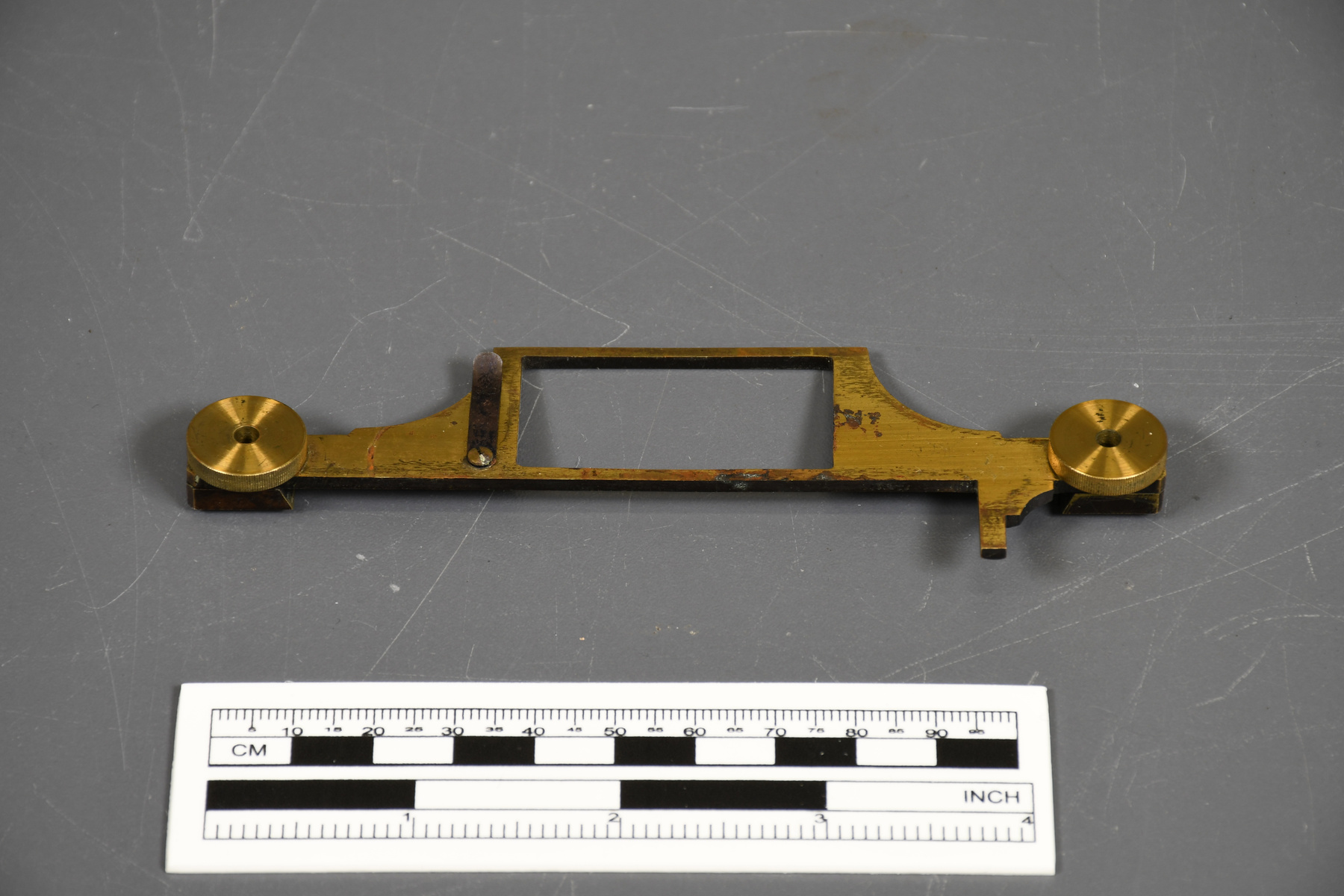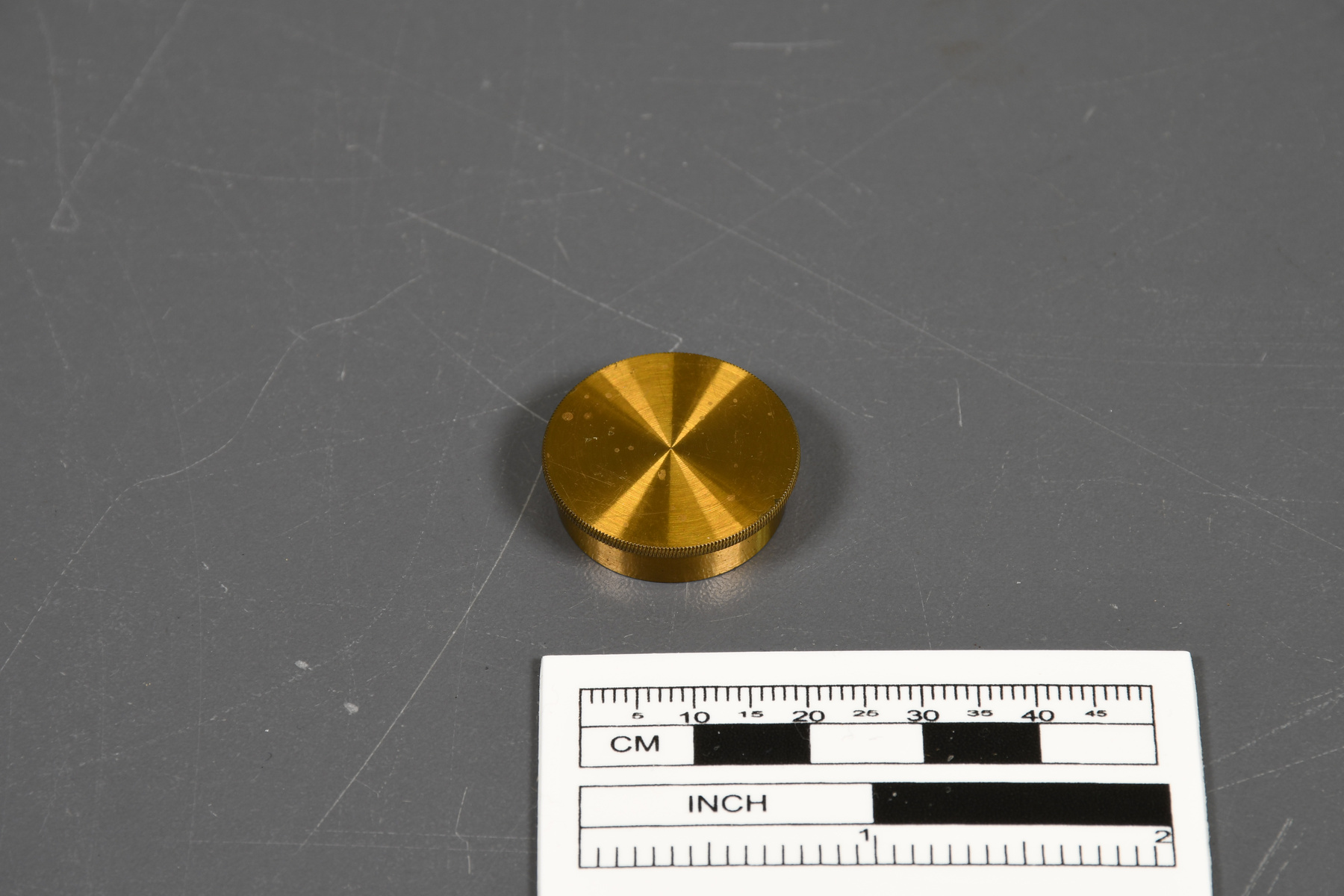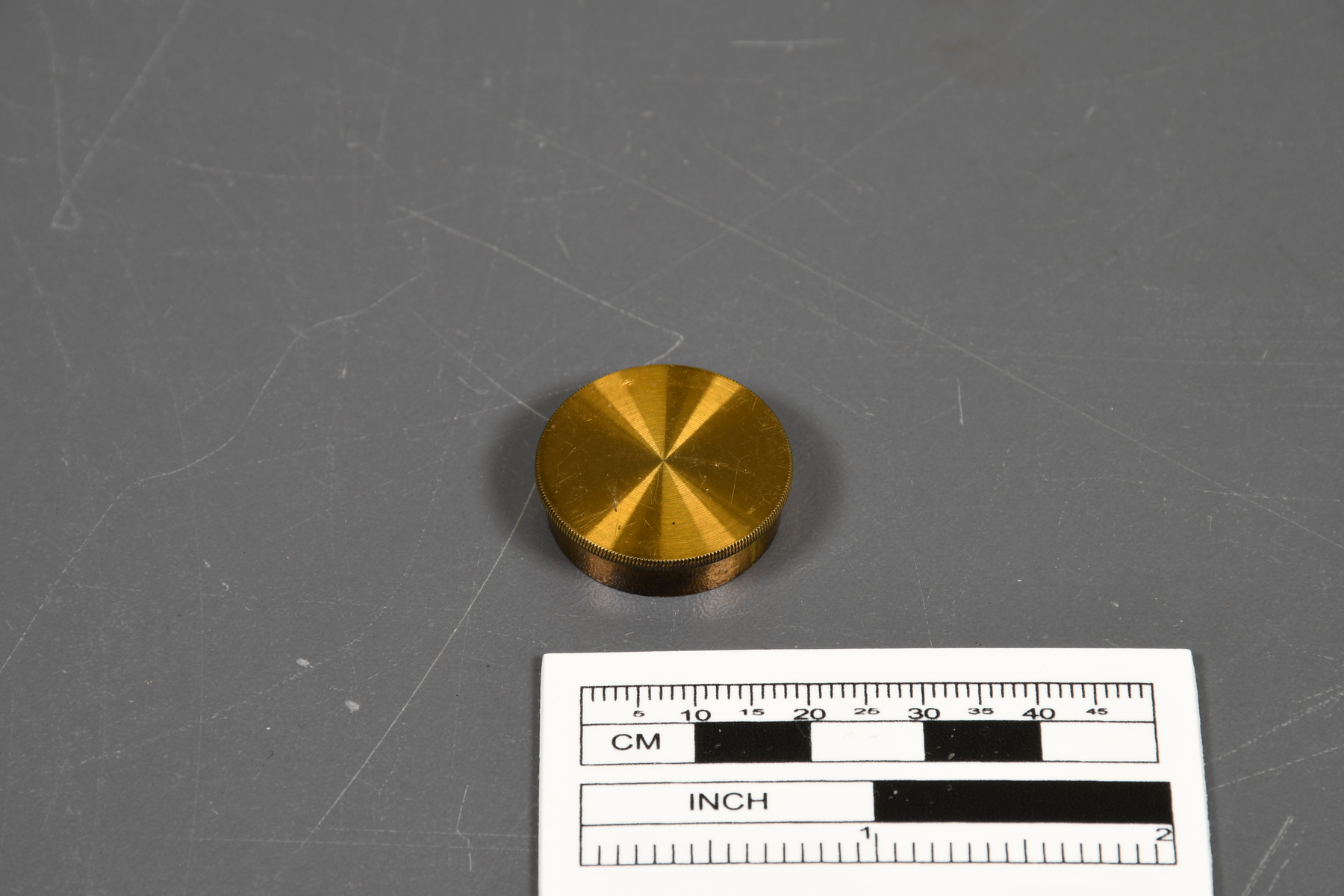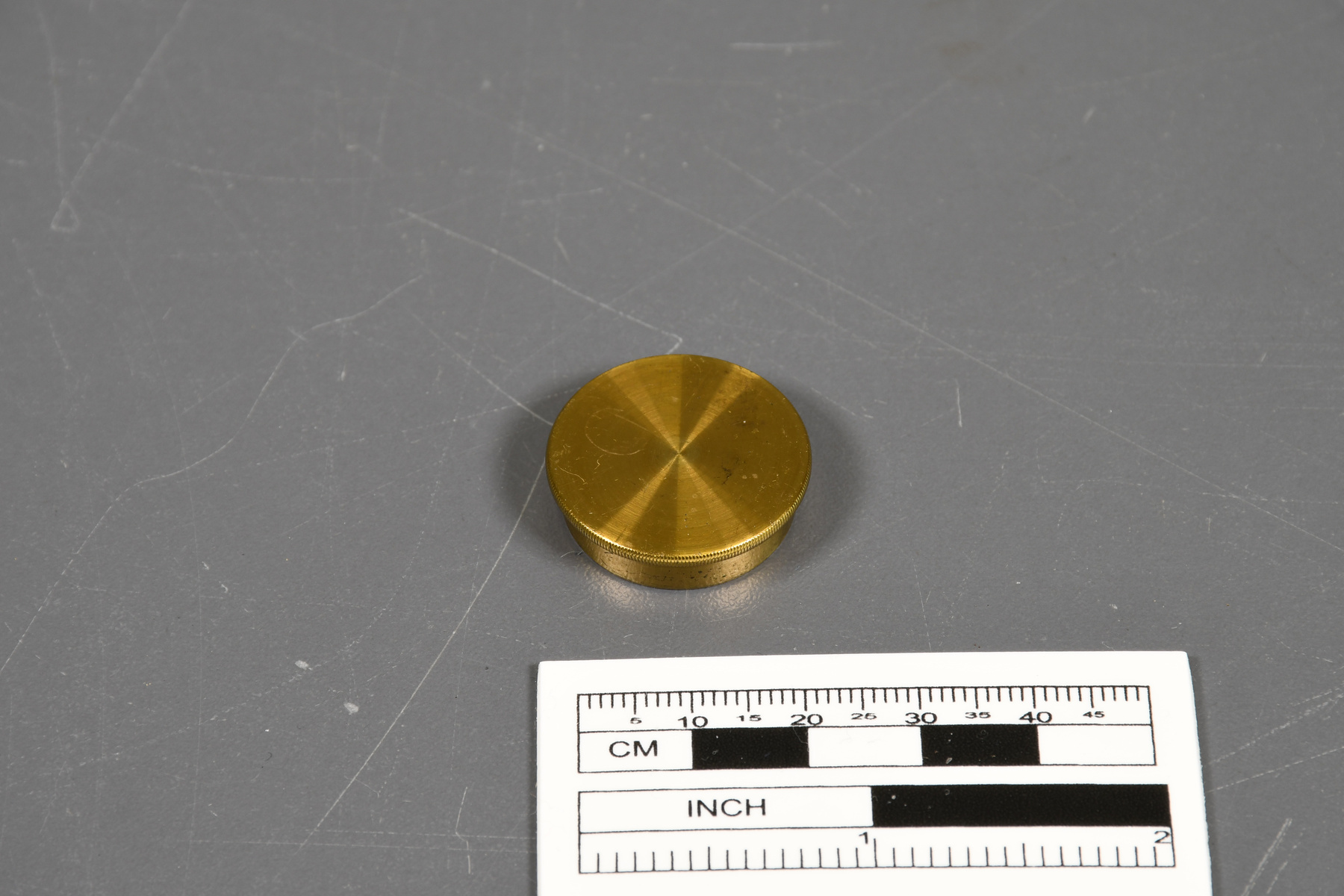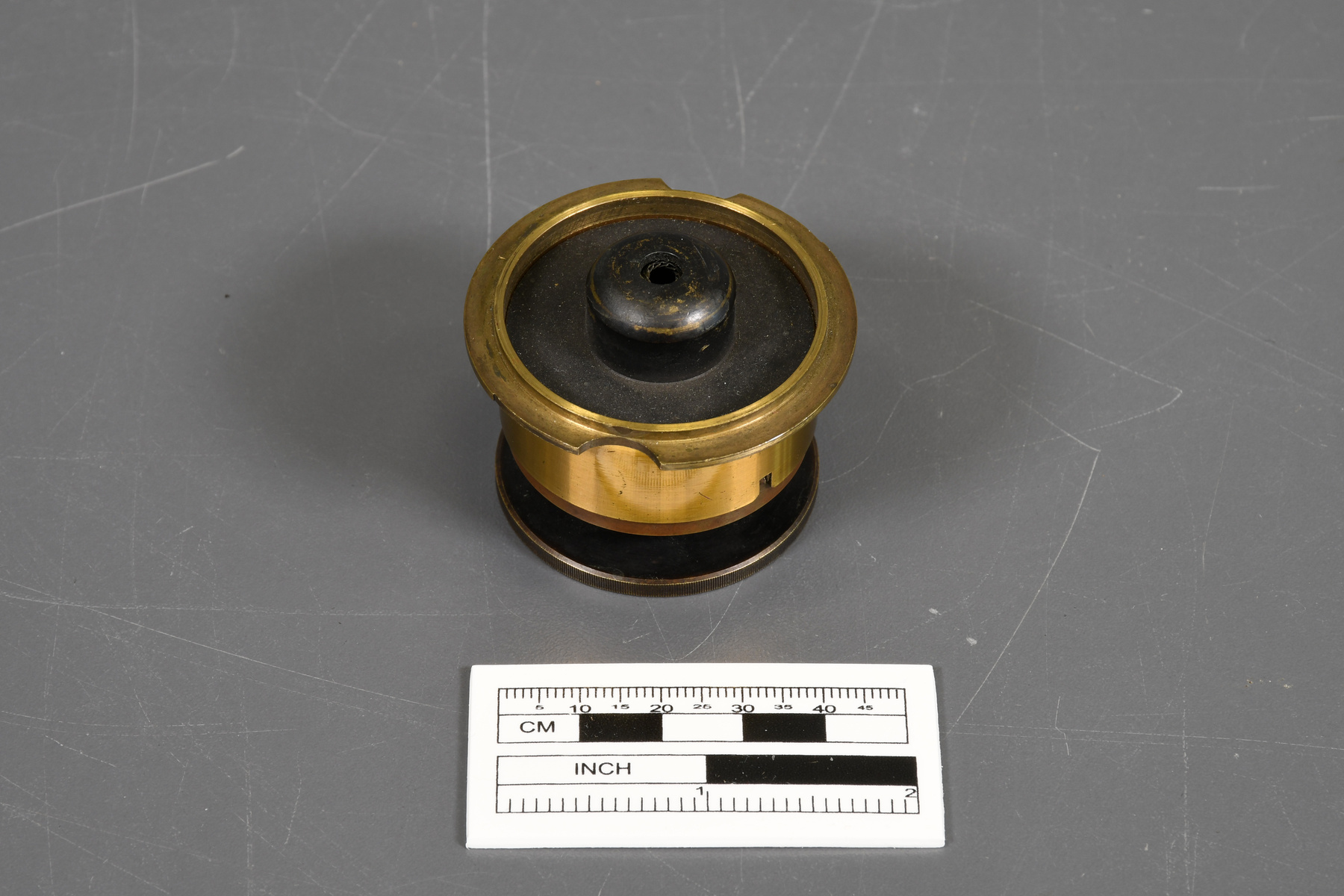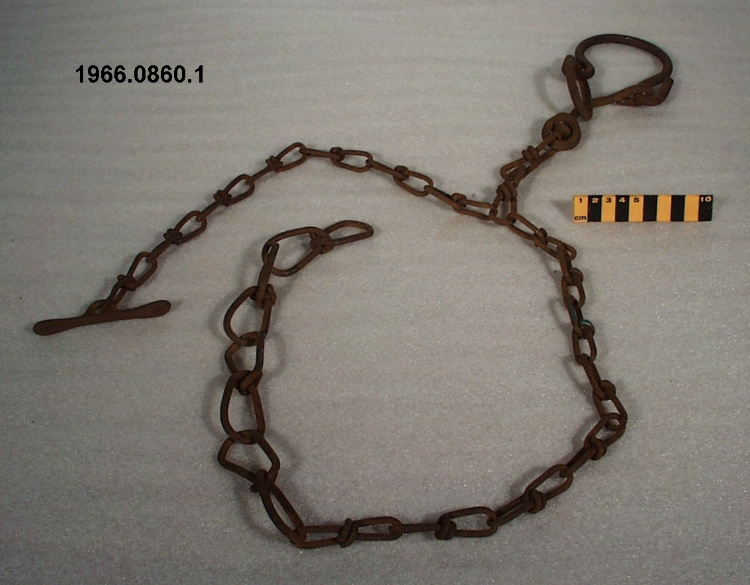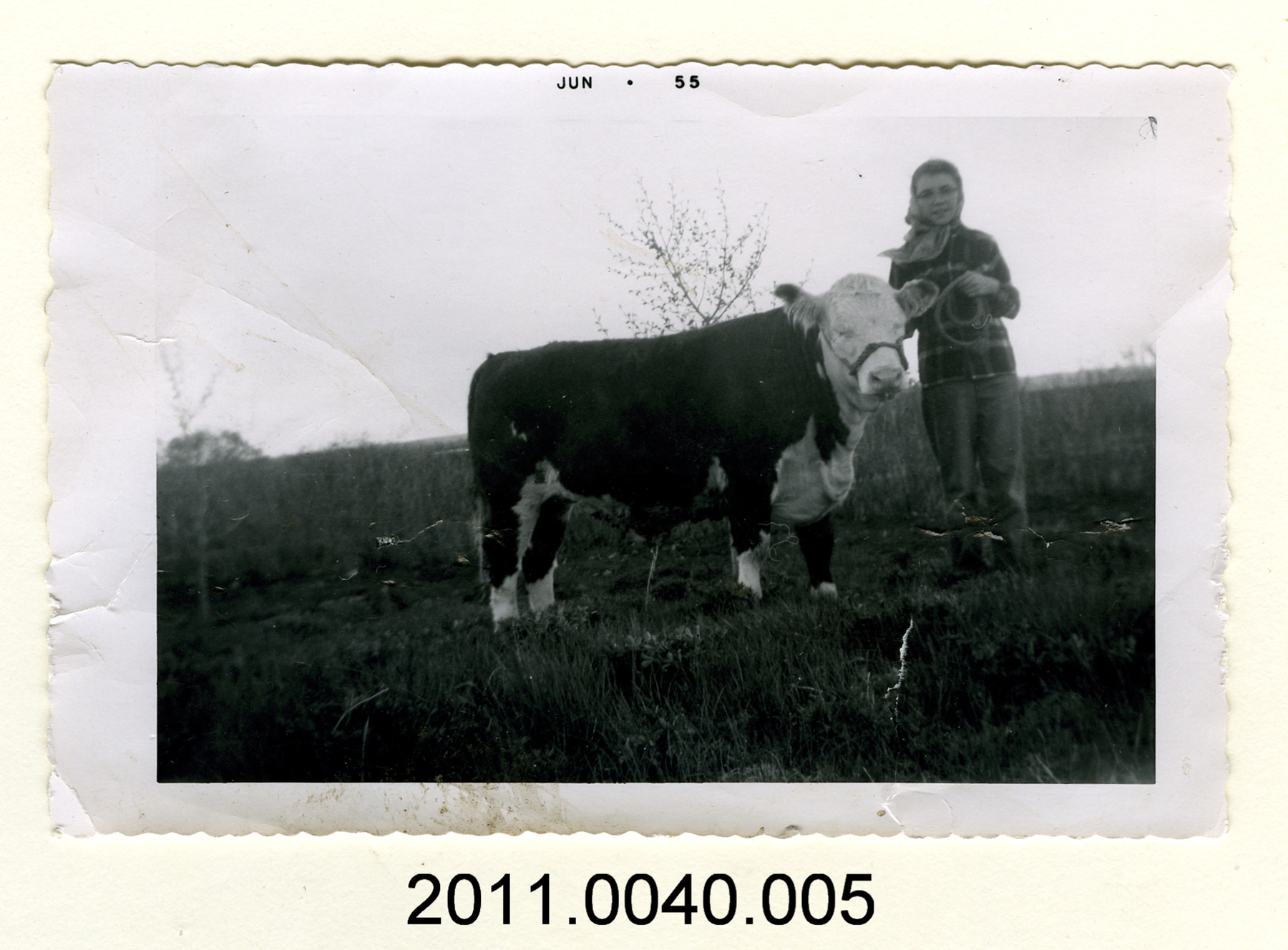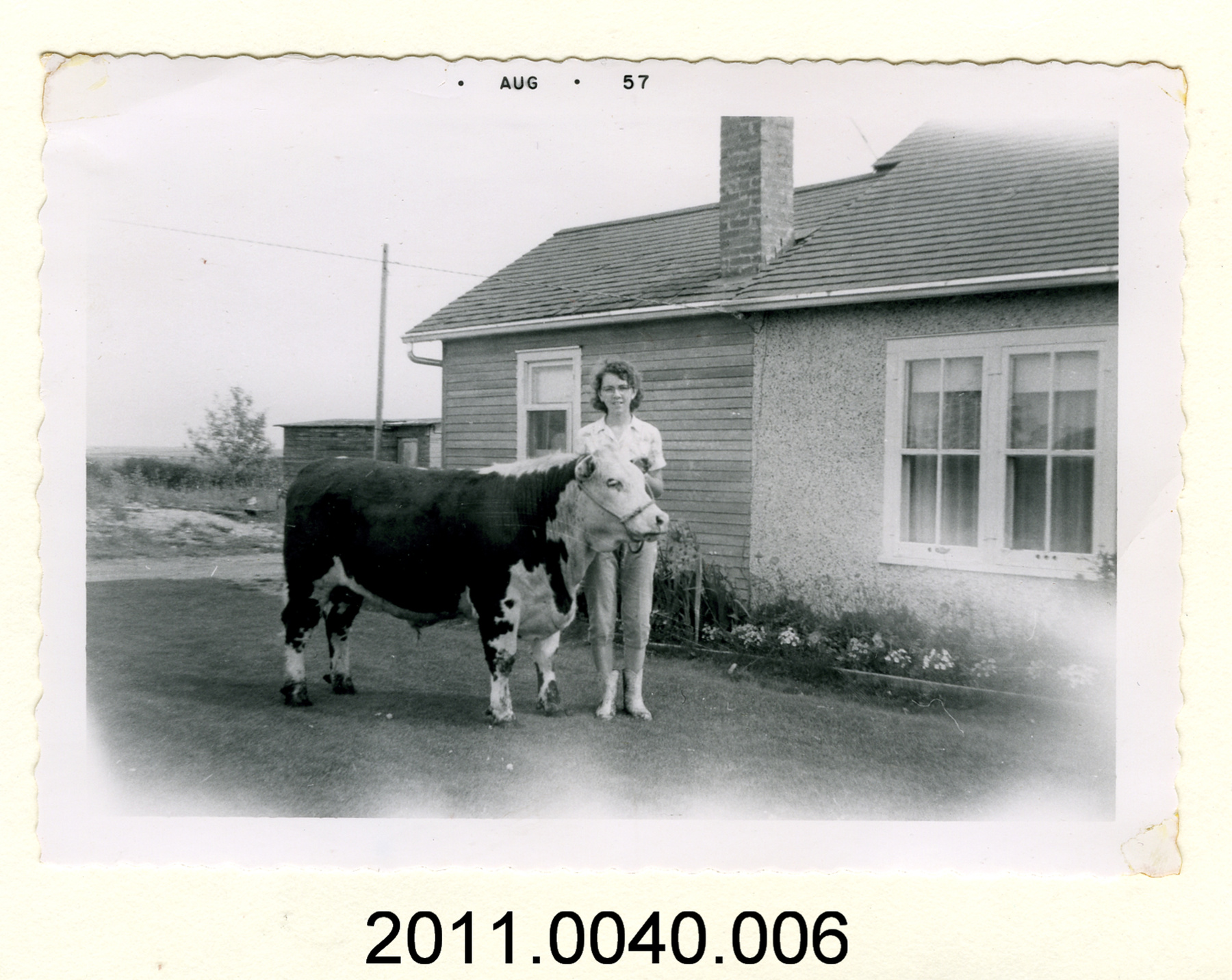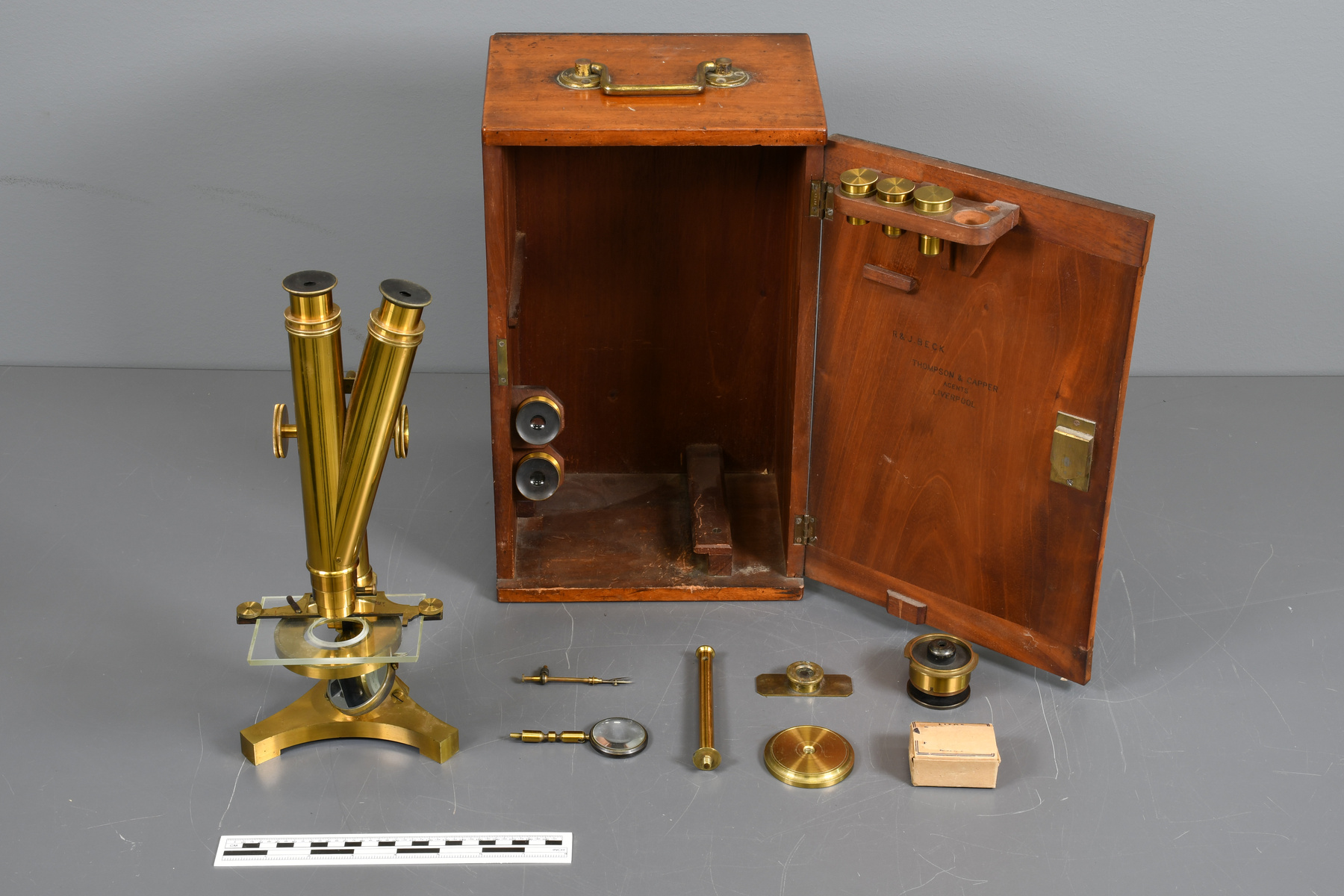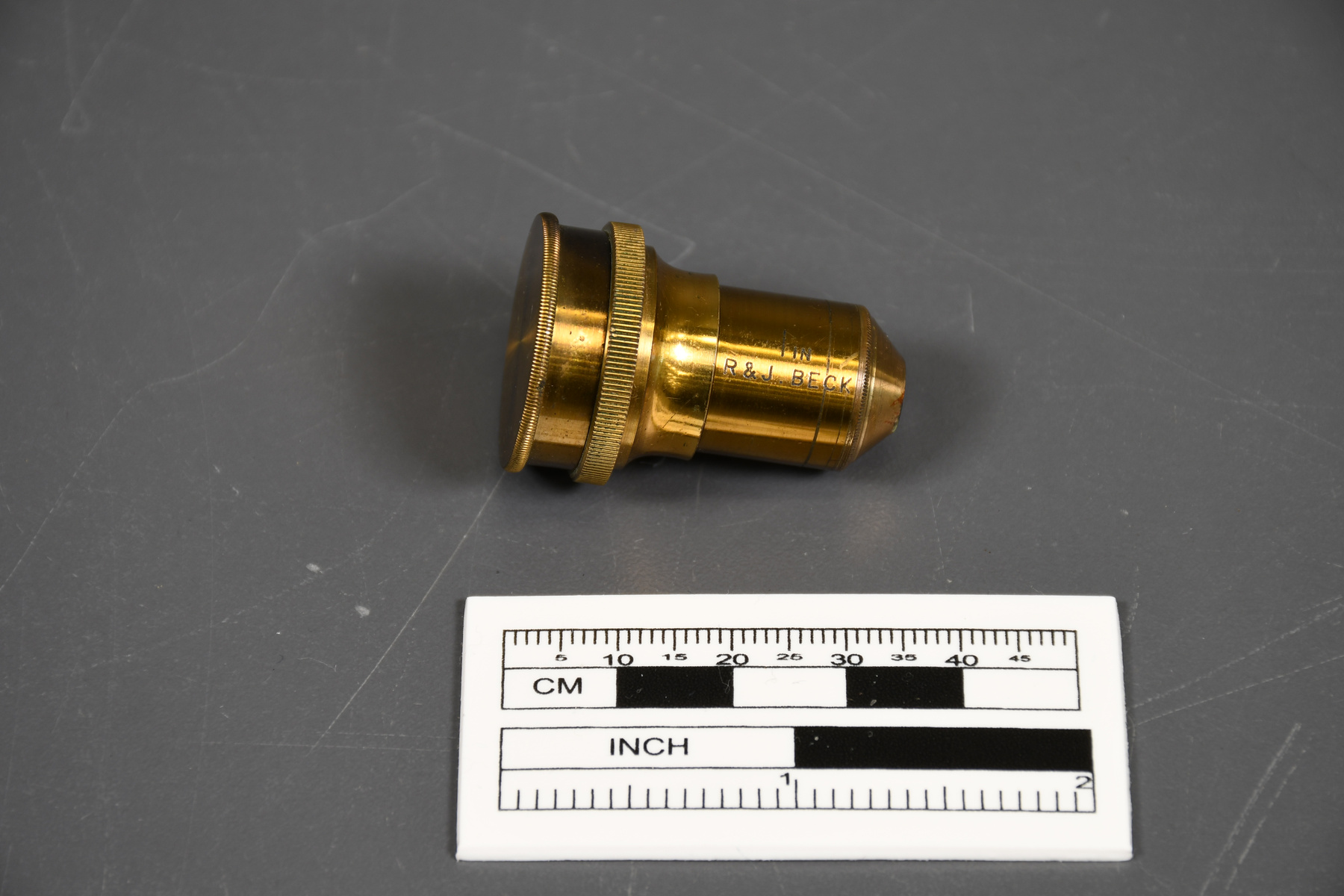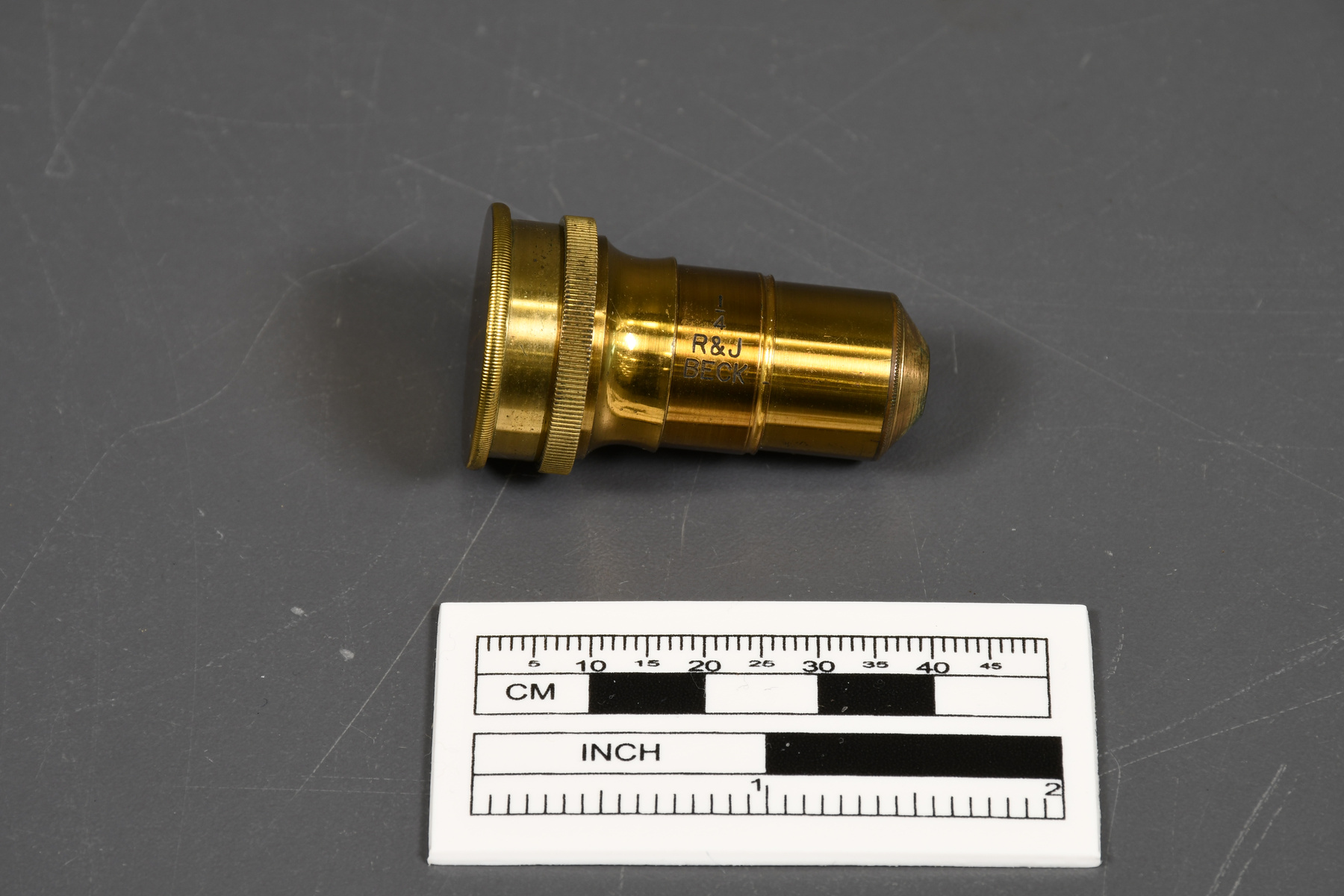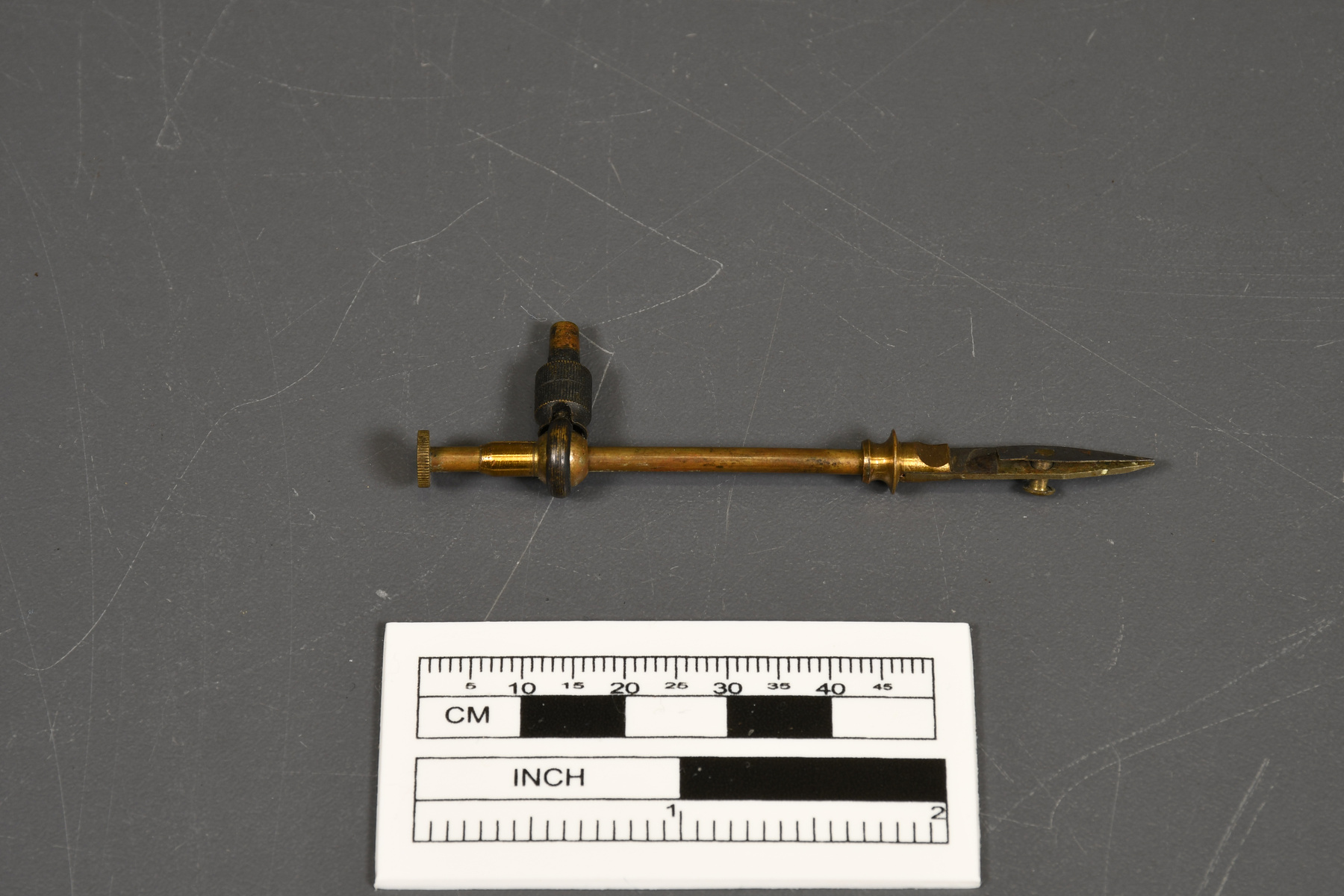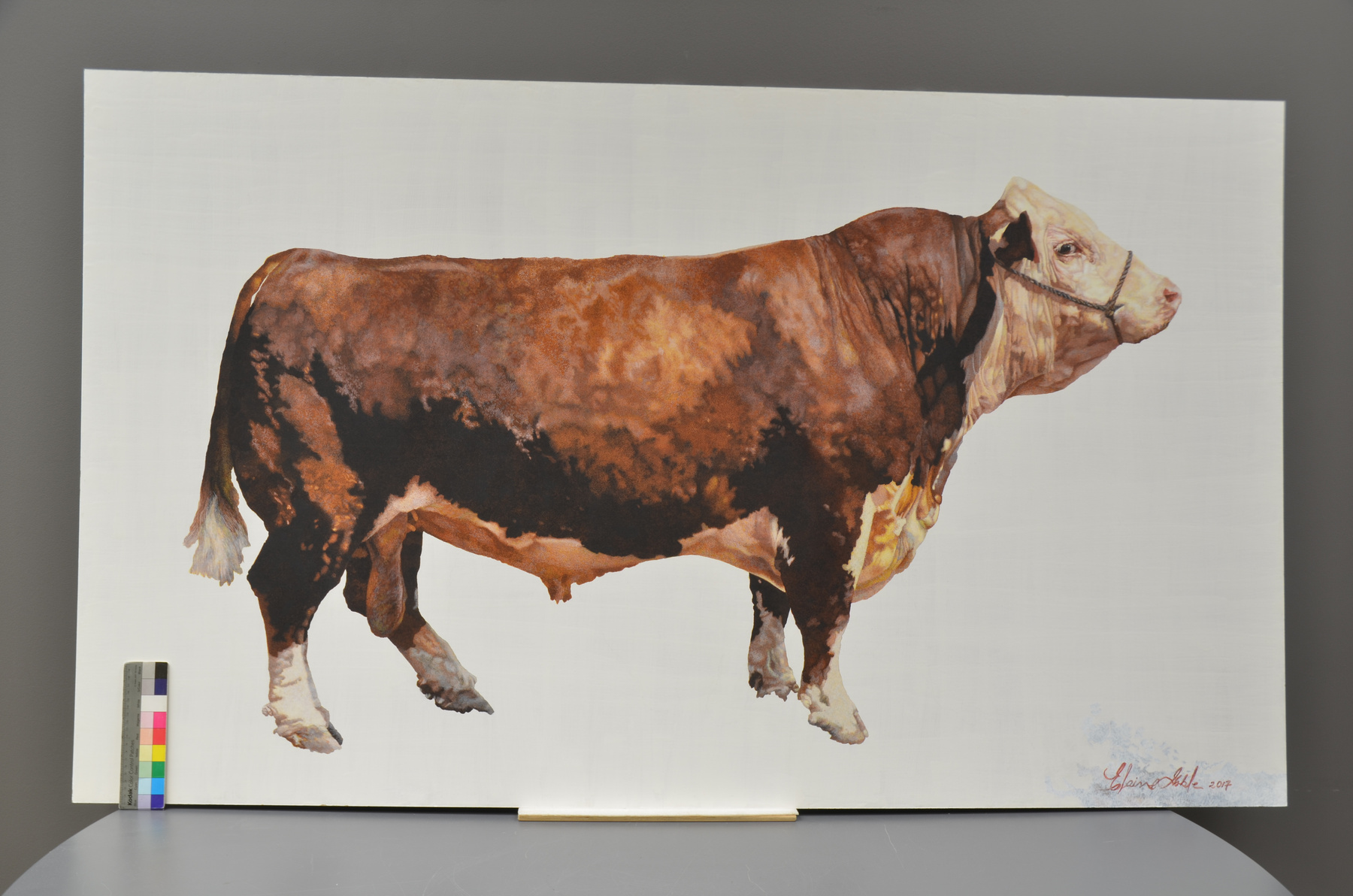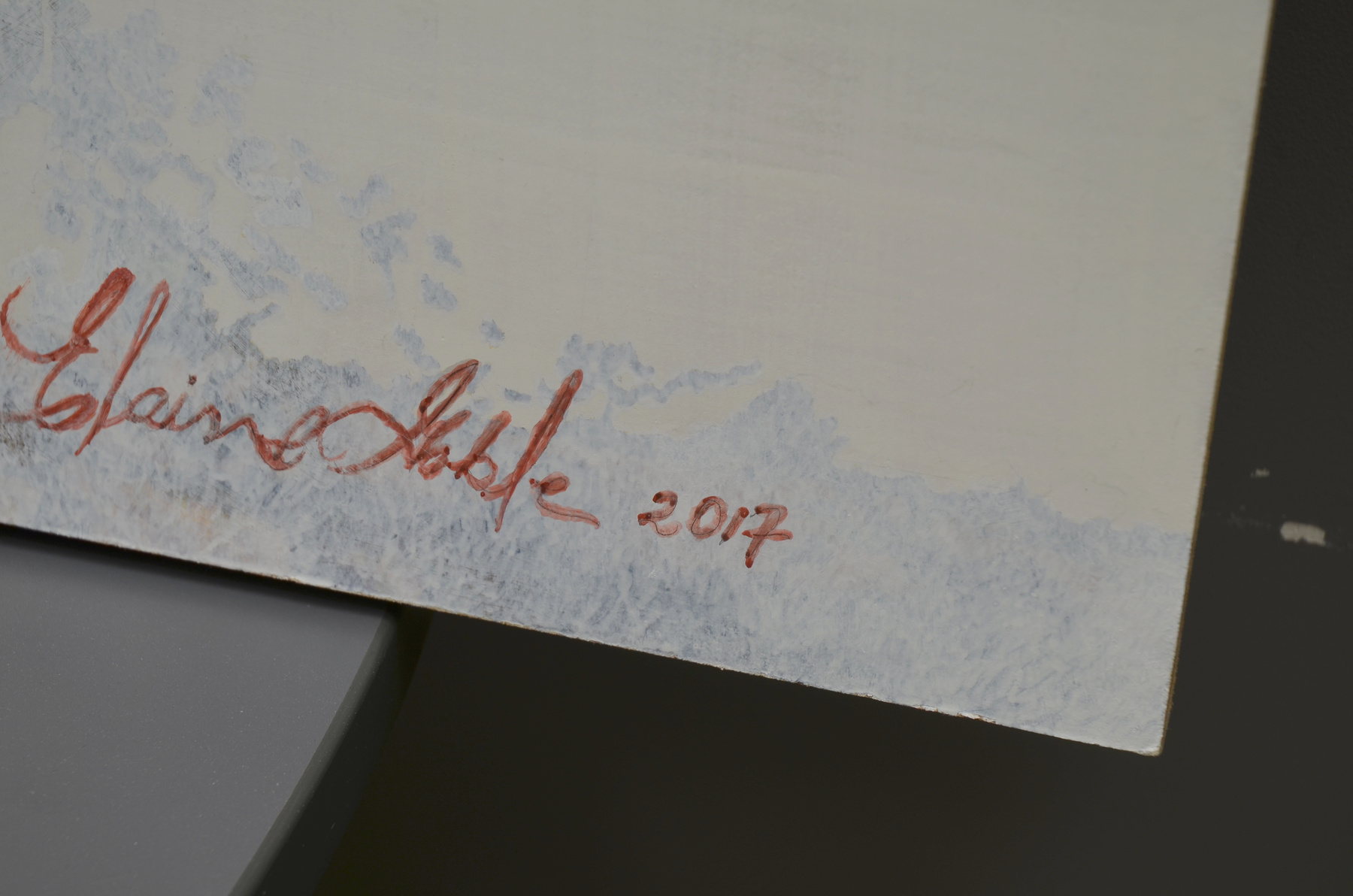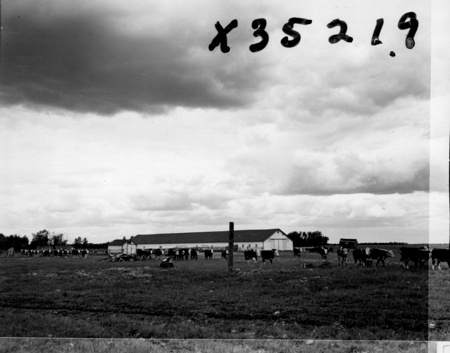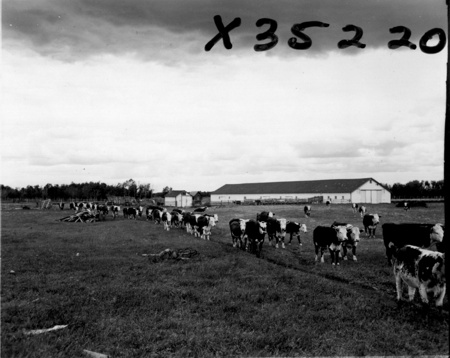Painting
Use this image
Can I reuse this image without permission? Yes
Object images on the Ingenium Collection’s portal have the following Creative Commons license:
Copyright Ingenium / CC BY-NC-ND (Attribution-NonCommercial 4.0 International (CC BY-NC 4.0)
ATTRIBUTE THIS IMAGE
Ingenium,
2018.0168.001
Permalink:
Ingenium is releasing this image under the Creative Commons licensing framework, and encourages downloading and reuse for non-commercial purposes. Please acknowledge Ingenium and cite the artifact number.
DOWNLOAD IMAGEPURCHASE THIS IMAGE
This image is free for non-commercial use.
For commercial use, please consult our Reproduction Fees and contact us to purchase the image.
- OBJECT TYPE
- Egg tempera on masonite
- DATE
- 2017–2018
- ARTIFACT NUMBER
- 2018.0168.001
- MANUFACTURER
- Unknown
- MODEL
- Hercules
- LOCATION
- Unknown
More Information
General Information
- Serial #
- N/A
- Part Number
- 1
- Total Parts
- 1
- AKA
- N/A
- Patents
- N/A
- General Description
- Masonite board, gesso primer and tempera paint
Dimensions
Note: These reflect the general size for storage and are not necessarily representative of the object's true dimensions.
- Length
- N/A
- Width
- N/A
- Height
- N/A
- Thickness
- N/A
- Weight
- N/A
- Diameter
- N/A
- Volume
- N/A
Lexicon
- Group
- Agriculture
- Category
- Miscellaneous
- Sub-Category
- N/A
Manufacturer
- AKA
- Unknown
- Country
- Unknown
- State/Province
- Unknown
- City
- Unknown
Context
- Country
- Canada
- State/Province
- Ontario
- Period
- Unknown
- Canada
-
The painting depicts Hercules, a Hereford bull acquired in 2015. Hercules was born in 2011 on a Carleton Place farm and was acquired by CAFM acquired to replace Goody. Hereford cattle are raised for beef production. The breed originated in Herefordshire, England in response to rising demand for beef: farmers sought an animal that could efficiently convert feed to meat for growing urban and export markets. Breeders selected for size and mass, hardiness, early maturity, docility, and other traits that supported increased beef production. In 1860, Frederick Stone, a Wellington County farmer, imported a small Hereford herd from England. In 1890, Canadian Hereford breeders formed the Canadian Hereford Association to promote the breed and maintain a pedigree registrar. The breed remains a standard beef breed and is widely used to hybridize with other breeds: Hereford semen is also a leading genetics export. Herefords are typically red with white faces and markings. Historians of animal breeding such as Harriet Ritvo and Margaret Derry have noted the importance of art in representing breeds and idealizing their forms. In the mid-eighteenth century, British cattle owners were commissioning paintings of their “favourite beasts,” which agricultural journals then presented to their readers as large engravings. Such images usually showed the animal from the side, often against a plain background, to emphasize the prize animal’s mass and solidity. This form of livestock art was adopted in North America, where prize animals gained fame through agricultural exhibitions and journals. Margaret Derry writes that “visual art played a significant role in the conception of ‘improvement’ and thus in the purebred industry.” (Derry 26) Derry joins Harriet Ritvo in arguing that these images were rarely accurate depictions of animal form, but reflected human conceptions of ideal animals. In the 20th century, animals were commonly photographed, but farmers and breed associations nevertheless turned to artists to paint “ideal types.” One such Ontario artist, Ross Butler (1907-1995) gained renown in this genre and was commissioned by the Ontario government in the 1930s to paint “true types” of Canadian livestock as an aid for agricultural education. Elaine Goble is a Canadian artist. She holds a BFA from York University and has had many solo and group showings. Her work is in various public and private collections, including CAFM, the Canadian War Museum, the City of Ottawa, the Canada Council Art Bank, and others. She has received commissions from the Royal Canadian Mint. - Function
-
Historians of animal breeding such as Harriet Ritvo and Margaret Derry have noted the importance of art in representing breeds and idealizing their forms. In the mid-eighteenth century, British cattle owners were commissioning paintings of their “favourite beasts,” which agricultural journals then presented to their readers as large engravings. Such images usually showed the animal from the side, often against a plain background, to emphasize the prize animal’s mass and solidity. This form of livestock art was adopted in North America, where prize animals gained fame through agricultural exhibitions and journals. Margaret Derry writes that “visual art played a significant role in the conception of ‘improvement’ and thus in the purebred industry.” (Derry 26) Derry joins Harriet Ritvo in arguing that these images were rarely accurate depictions of animal form, but reflected human conceptions of ideal animals. In the 20th century, animals were commonly photographed, but farmers and breed associations nevertheless turned to artists to paint “ideal types.” One such Ontario artist, Ross Butler (1907-1995) gained renown in this genre and was commissioned by the Ontario government in the 1930s to paint “true types” of Canadian livestock as an aid for agricultural education. - Technical
-
Egg tempera painting is a technically demanding and laborious process with a long history in western art. Goble prepares her own gesso ground and paints, which she makes from mineral and animal products. The gesso base (which provides an opaque ground for tempera paint) is composed of 30 to 35 layers of gesso, a mixture of calcium-carbonate marble dust and rabbit’s skin glue. The gesso is air dried and sanded between each coat. Goble works with a limited palette of colours: for this painting she used six powdered pigments: titanium white, black oxide, red oxide, raw umber, burnt umber and chromium green. She daily mixes her paint: one part pigment to one part egg yolk and one part water. Each colour is applied individually in pure strokes (the paint is never blended) with Russian Blue Sable Mop brushes. The painting is built of up of consecutive layers of paint. Goble uses a traditional grid system to break the painting’s area into individual units of construction. Unfinished paintings are recognized in art history as having importance as such works may tell the history of their creation and the context for abandoning a work. An unfinished work may also serve as a guide to the artist’s working methods and to historical trends in compositional approaches. In the case of “Hercules,” the painting remains unfinished because the artist was undergoing cancer treatments throughout its composition. While the artist found painting therapeutic, it was also challenging and she elected to leave the painting unfinished. As Baum et al. note in "Unfinished," one of the central ideas that animate incomplete artworks is mortality, an experience that Elaine Goble confronted during this painting’s execution (Baum 13). That she sought to deal with her experience by painting a farm animal at CAFM reveals how visitors may use and encounter our museums in ways that we cannot anticipate or know. Indeed, there has been a close relationship between the Central Experimental Farm and city residents since the station’s establishment in 1886 (Harris 110). The painting’s unfinished state also reveals the artist’s technique. Goble typically draws a gridwork of pencil lines on the work’s gesso ground as well as on her reference photograph. She then paints the picture square-by-square to build a composition. - Area Notes
-
Unknown
Details
- Markings
- Handwritten signature at the bottom right "Elaine Goble 2017".
- Missing
- none
- Finish
- Brown, beige and cream tones painted on a white background.
- Decoration
- N/A
CITE THIS OBJECT
If you choose to share our information about this collection object, please cite:
Unknown Manufacturer, Painting, 2017–2018, Artifact no. 2018.0168, Ingenium – Canada’s Museums of Science and Innovation, http://collection.ingeniumcanada.org/en/id/2018.0168.001/
FEEDBACK
Submit a question or comment about this artifact.
More Like This
